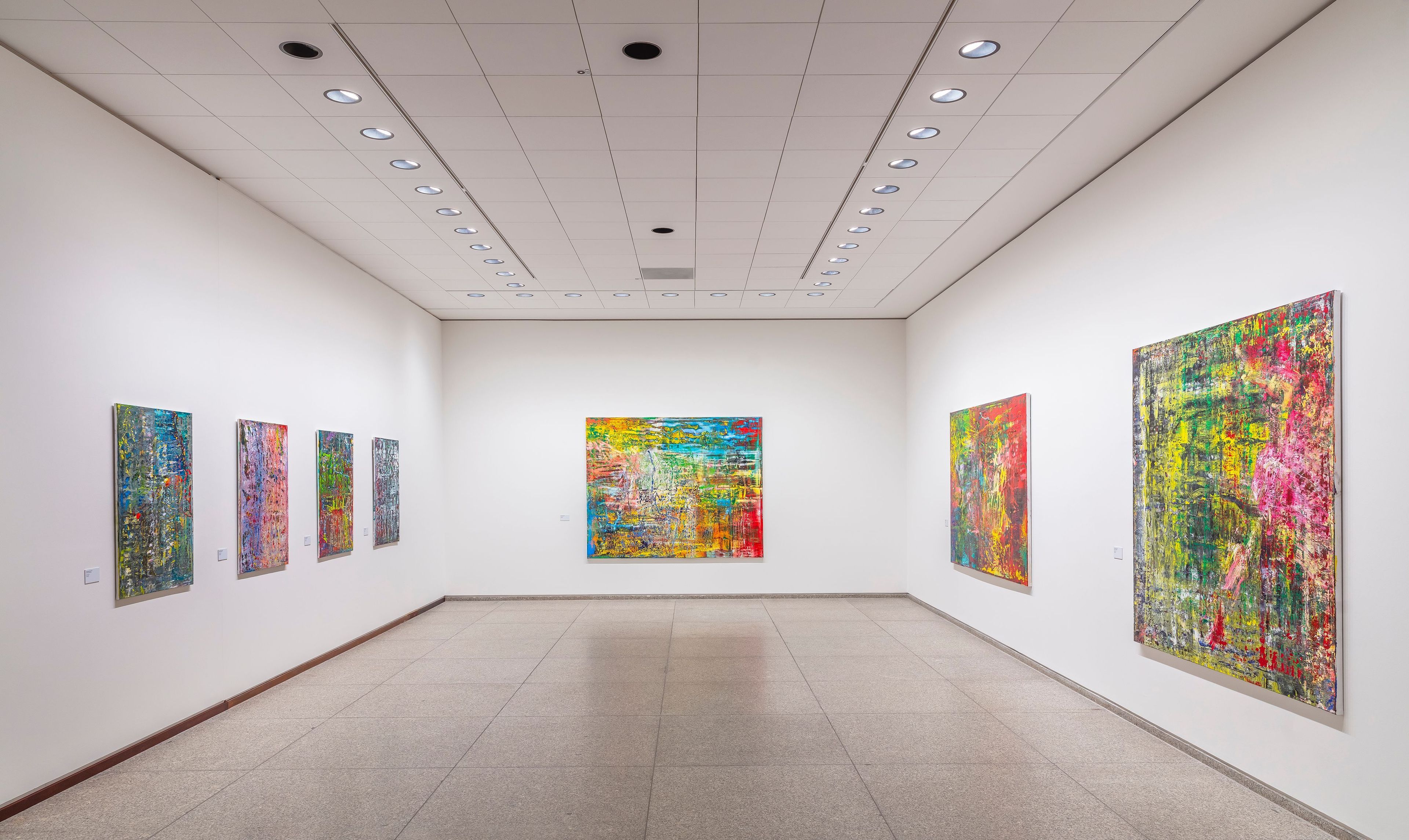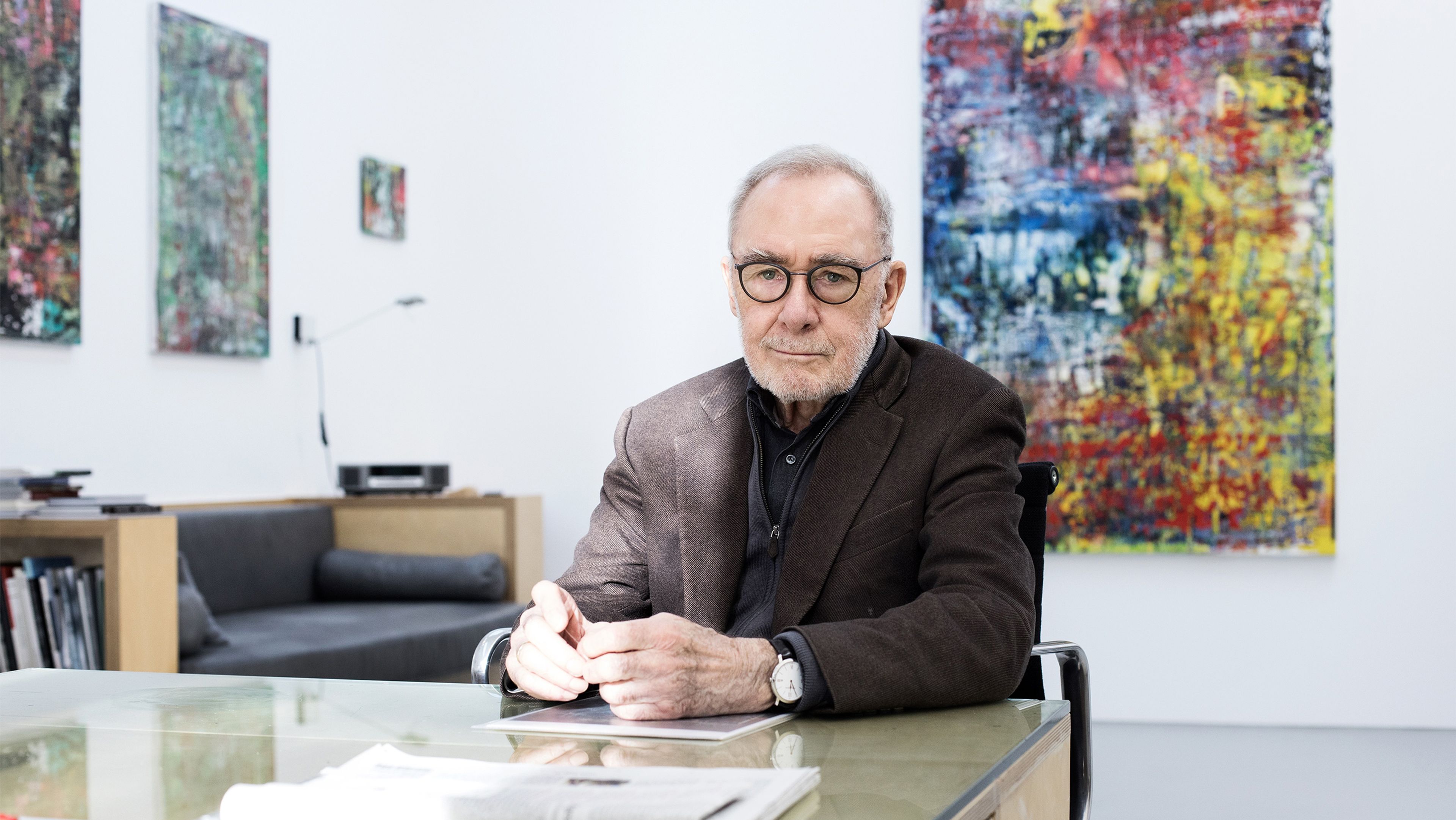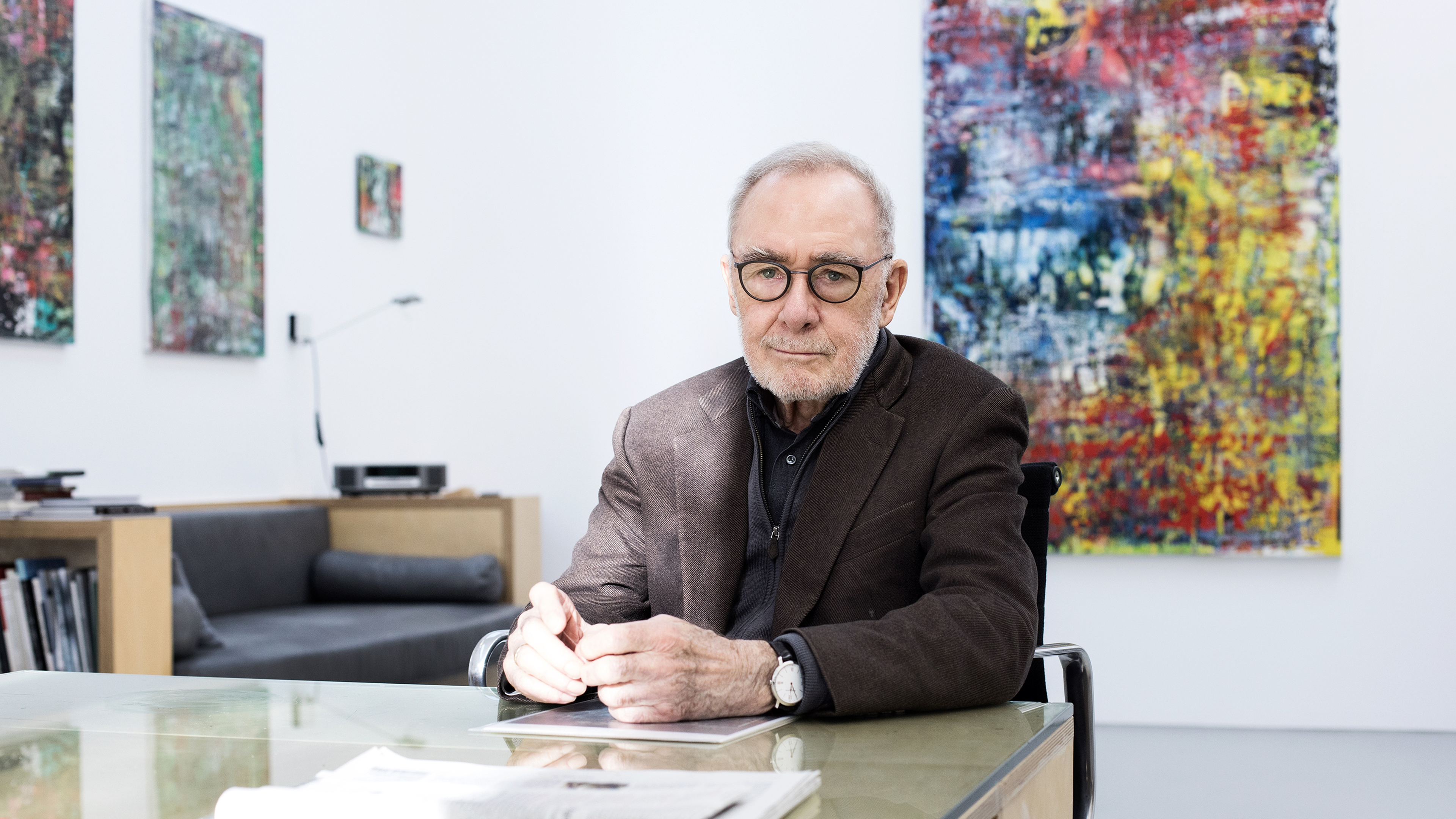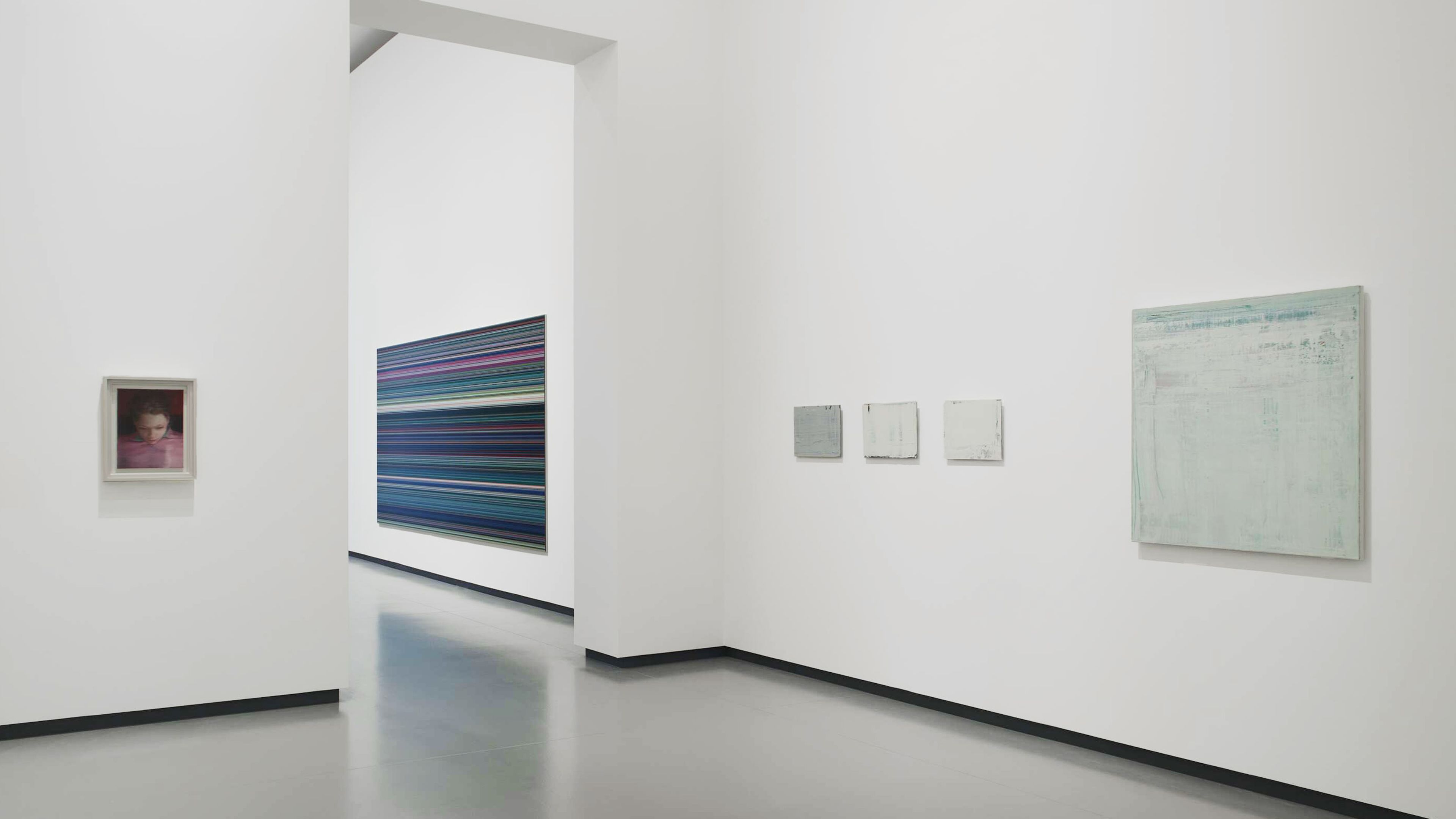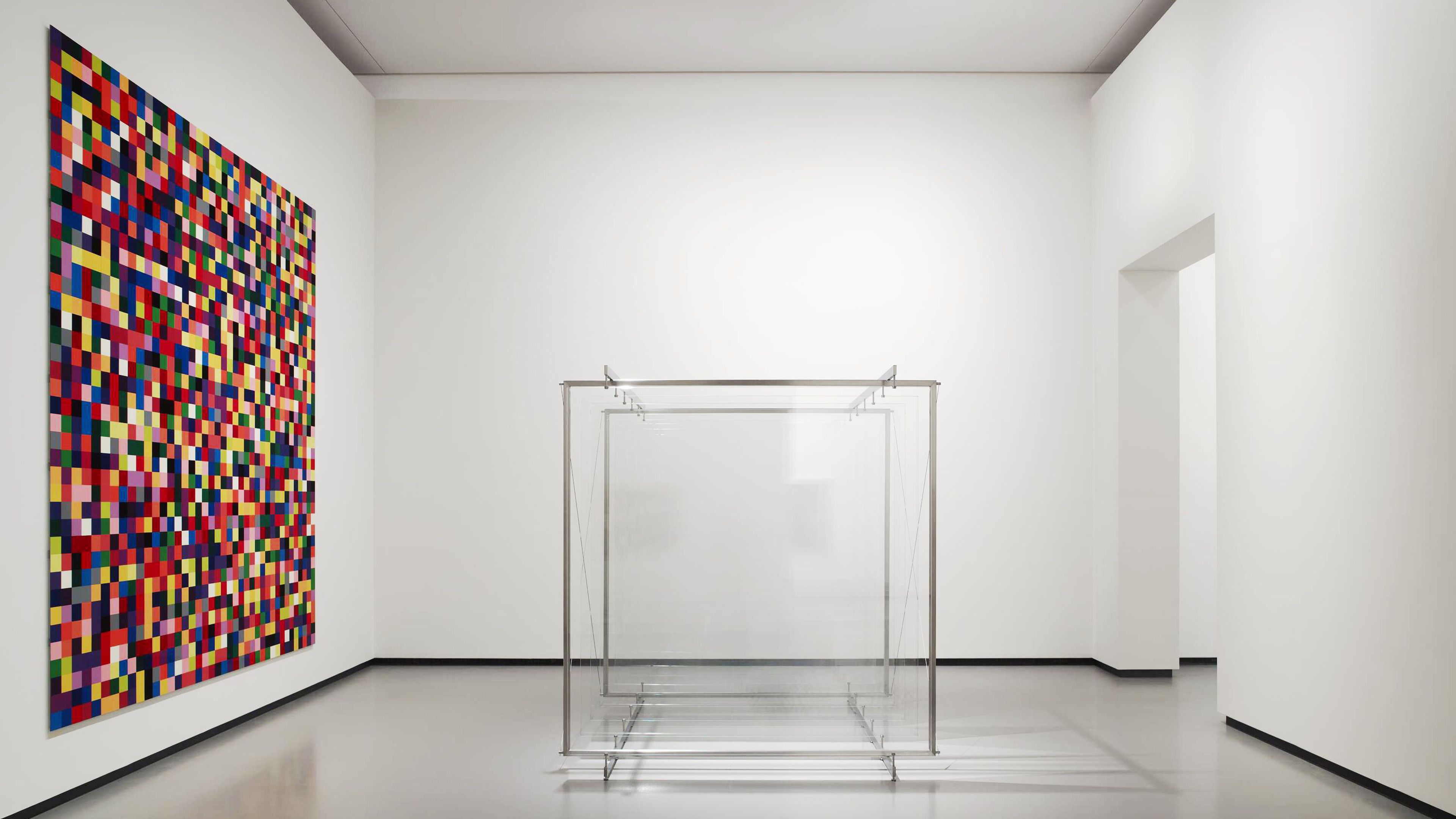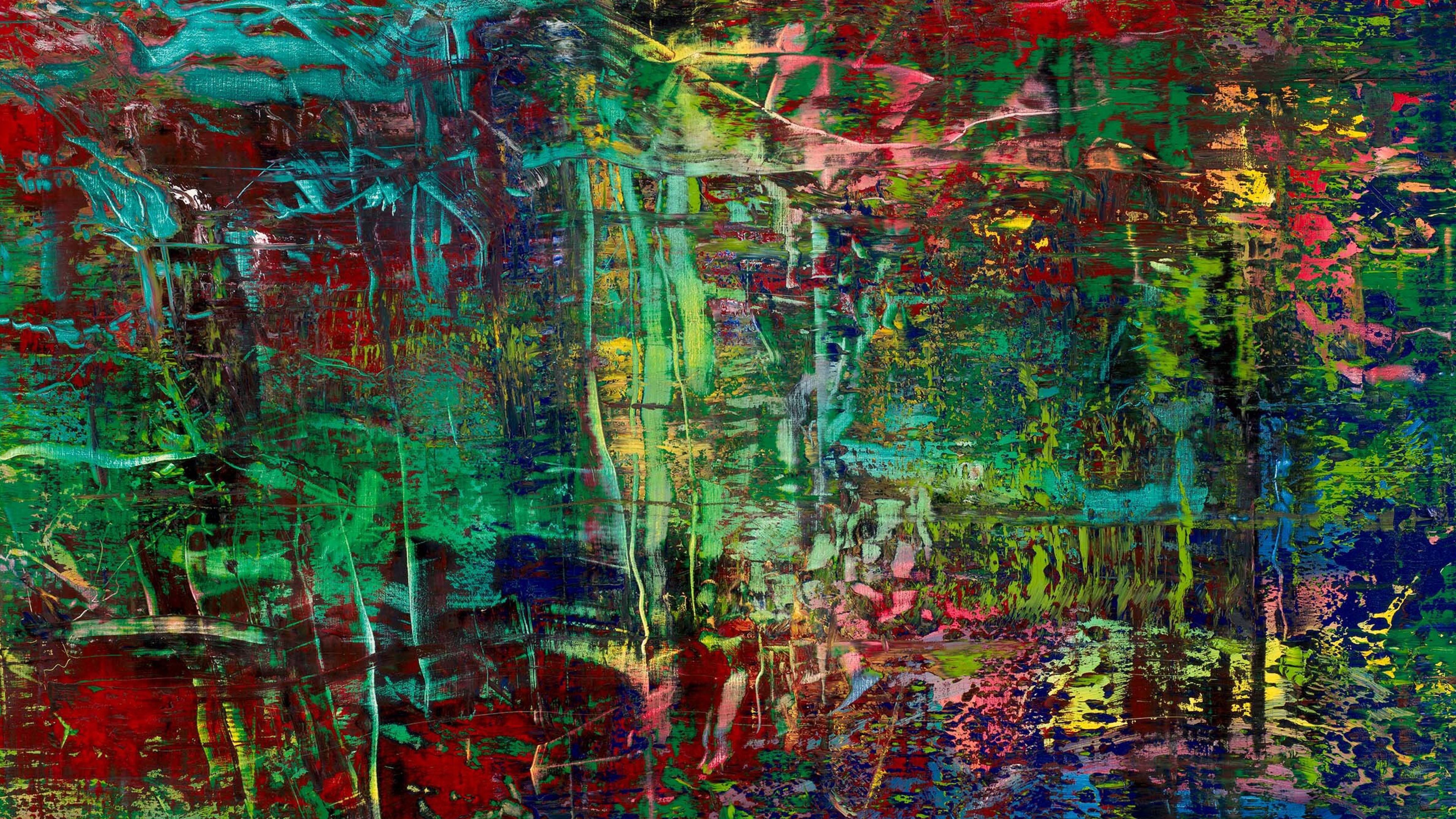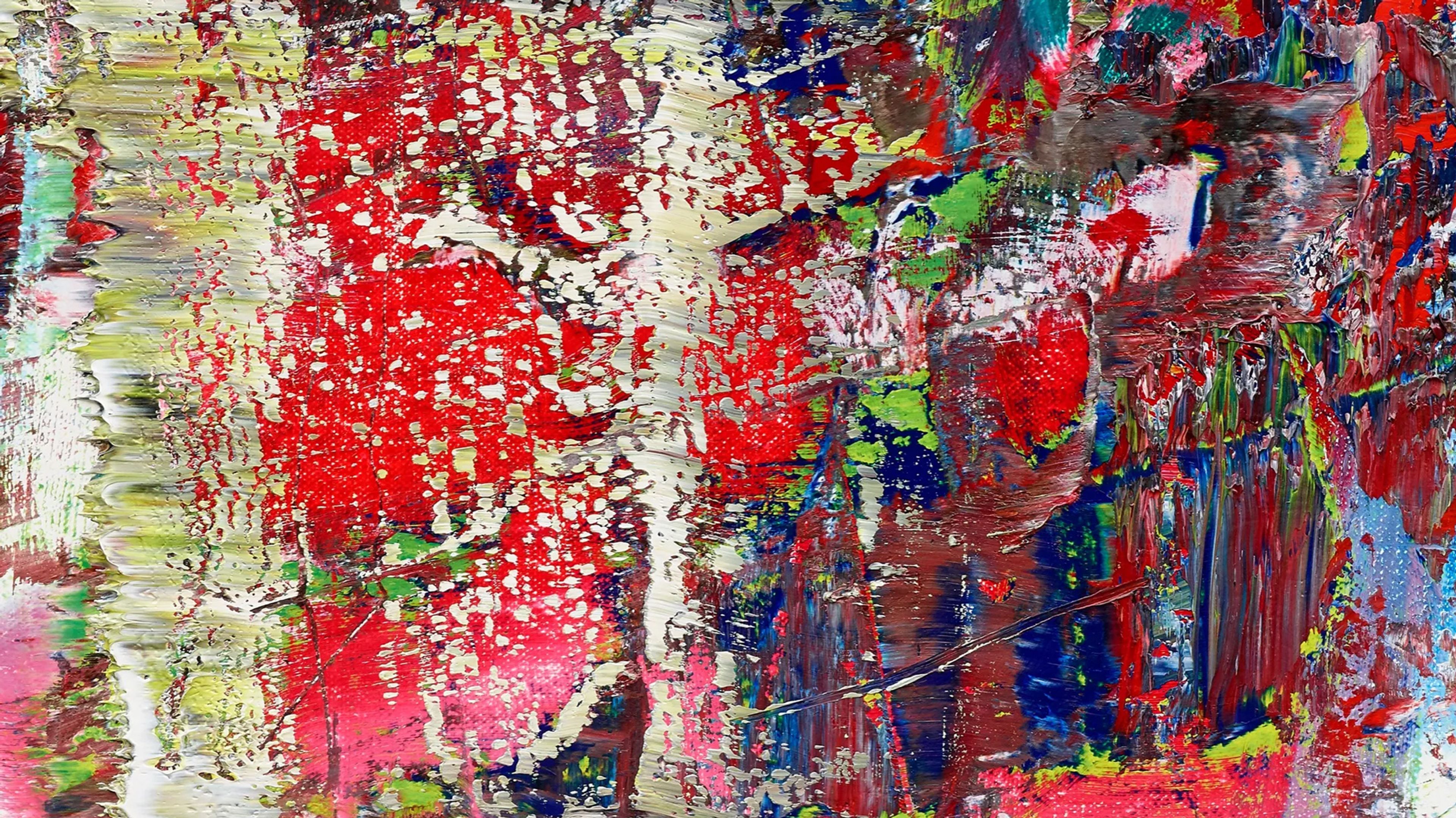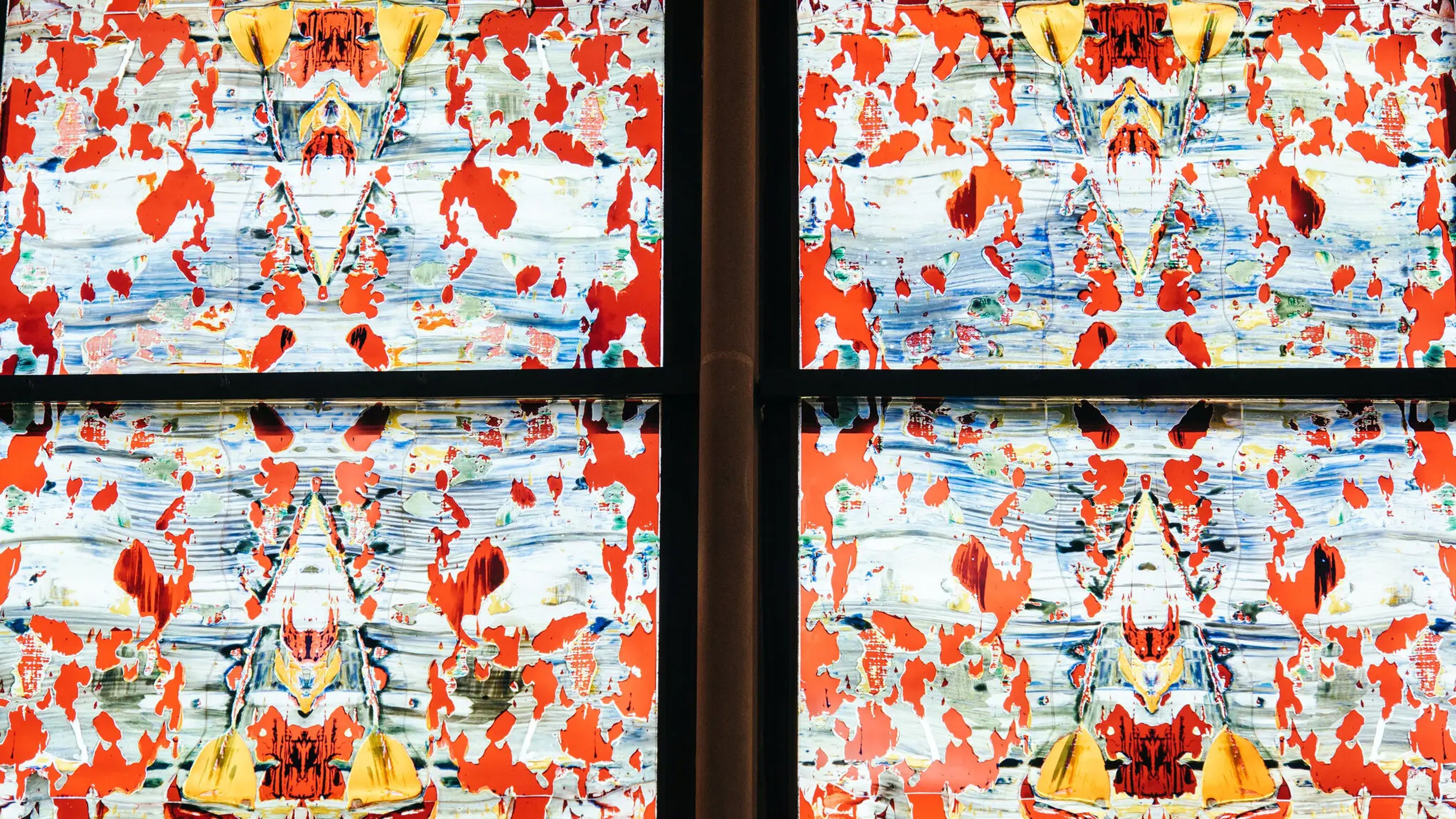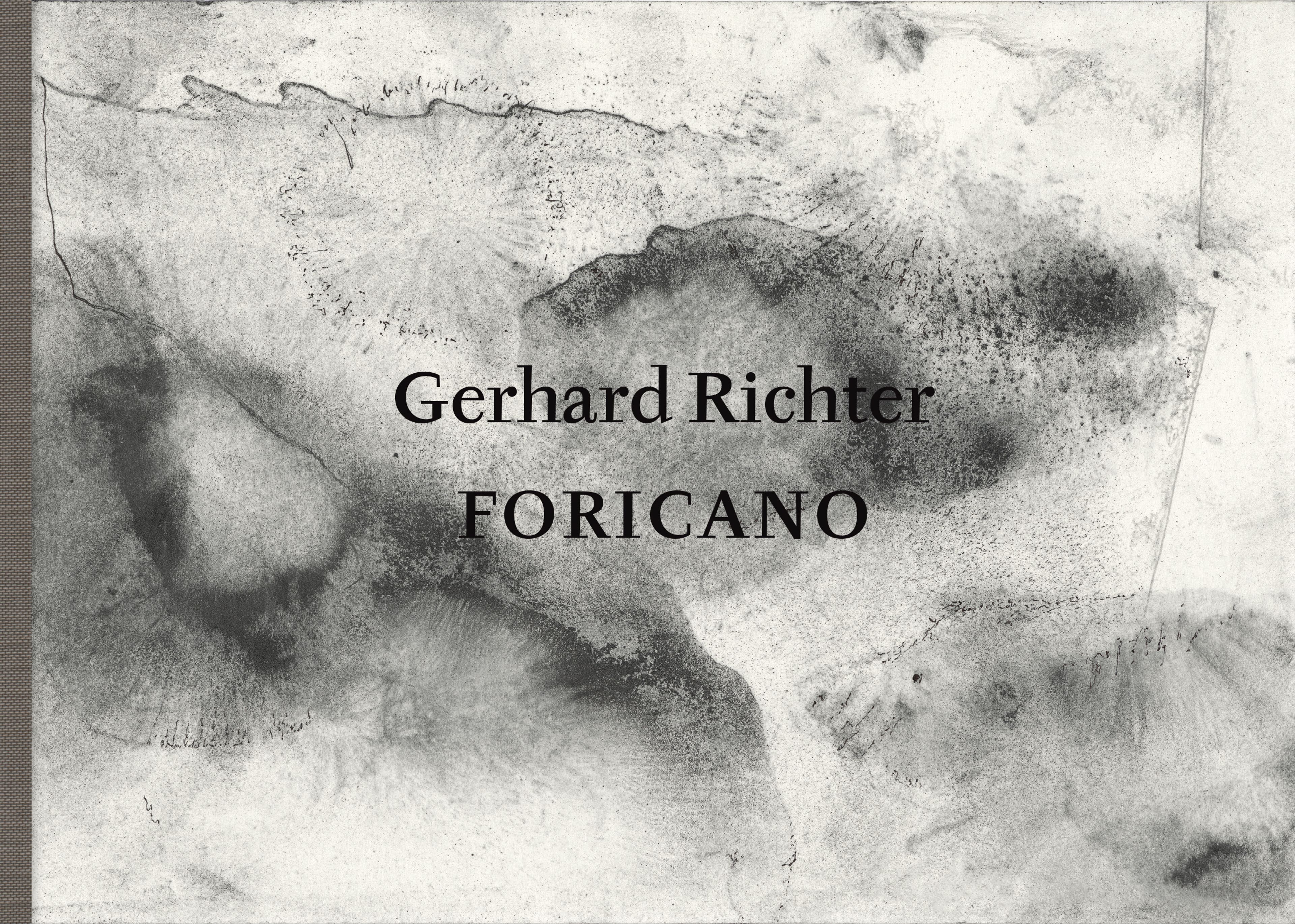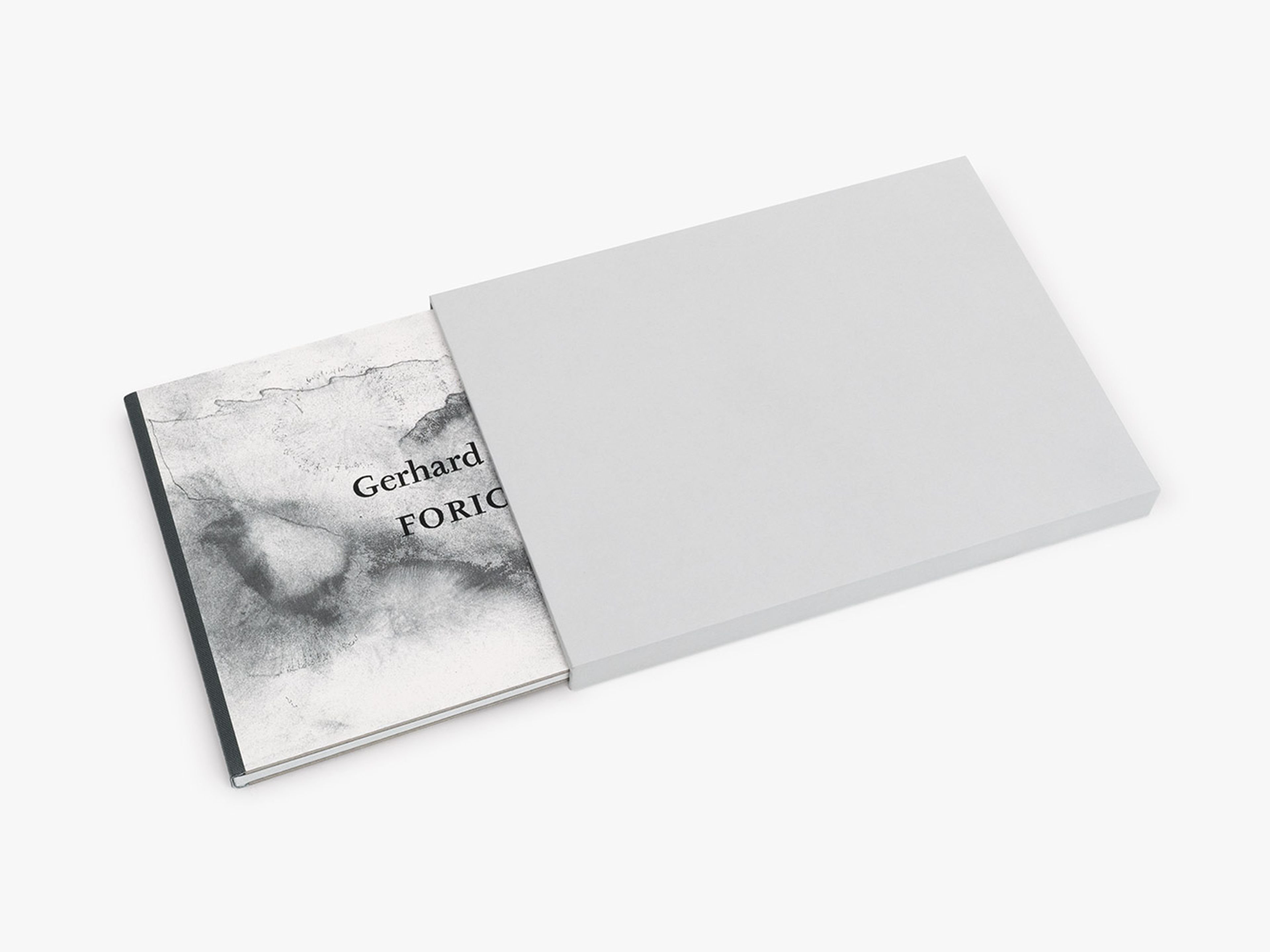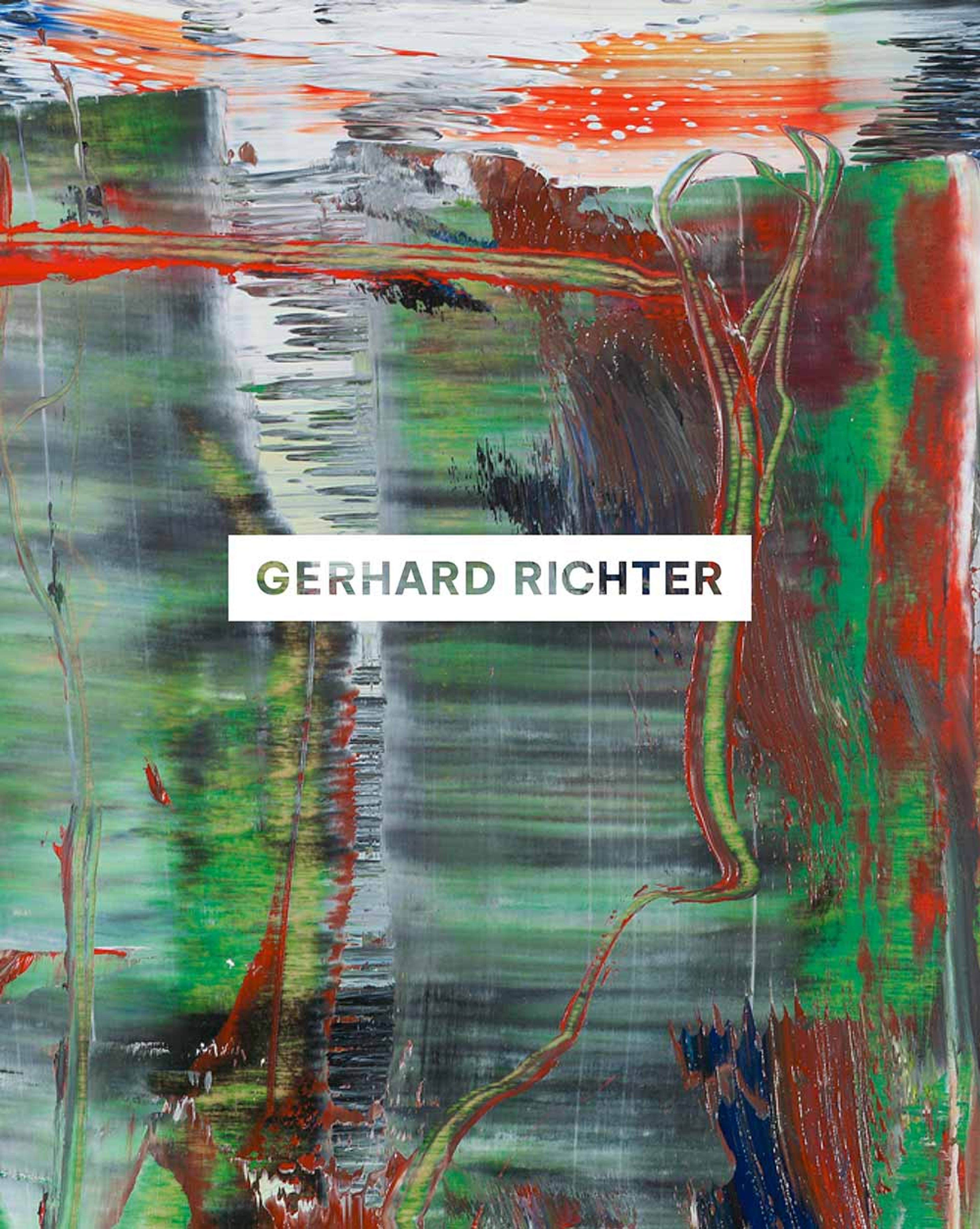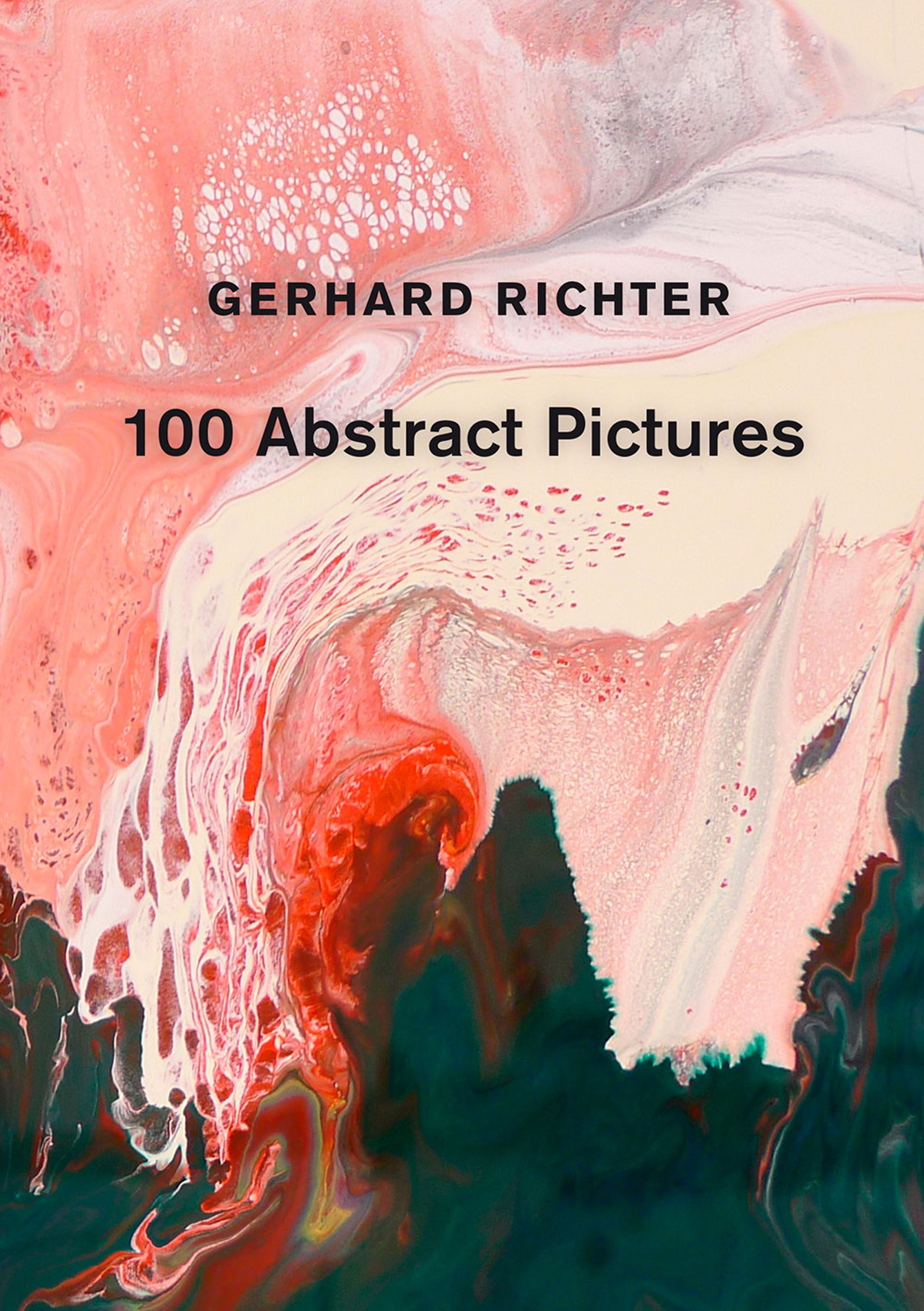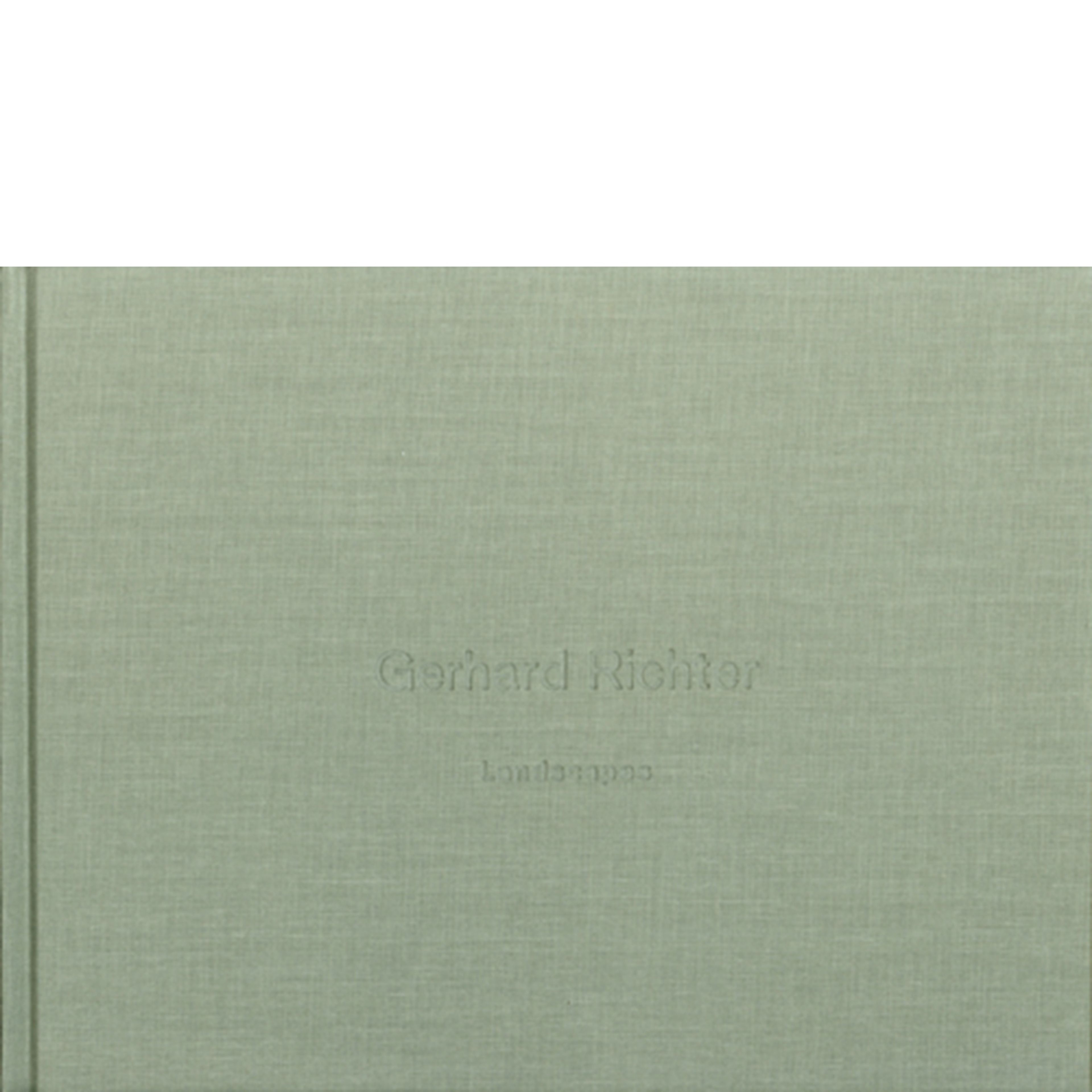Gerhard Richter
With a career spanning from the 1960s to the present, Gerhard Richter (b. 1932) is widely celebrated as one of the most important artists of his generation. He has pursued a diverse and influential practice characterized by a decades-long commitment to painting and its formal and conceptual possibilities. The artist has consistently probed the relationship between painting and photography, engaging a variety of styles and innovative techniques in a complex repositioning of genres.
Learn MoreSurvey
Exhibitions
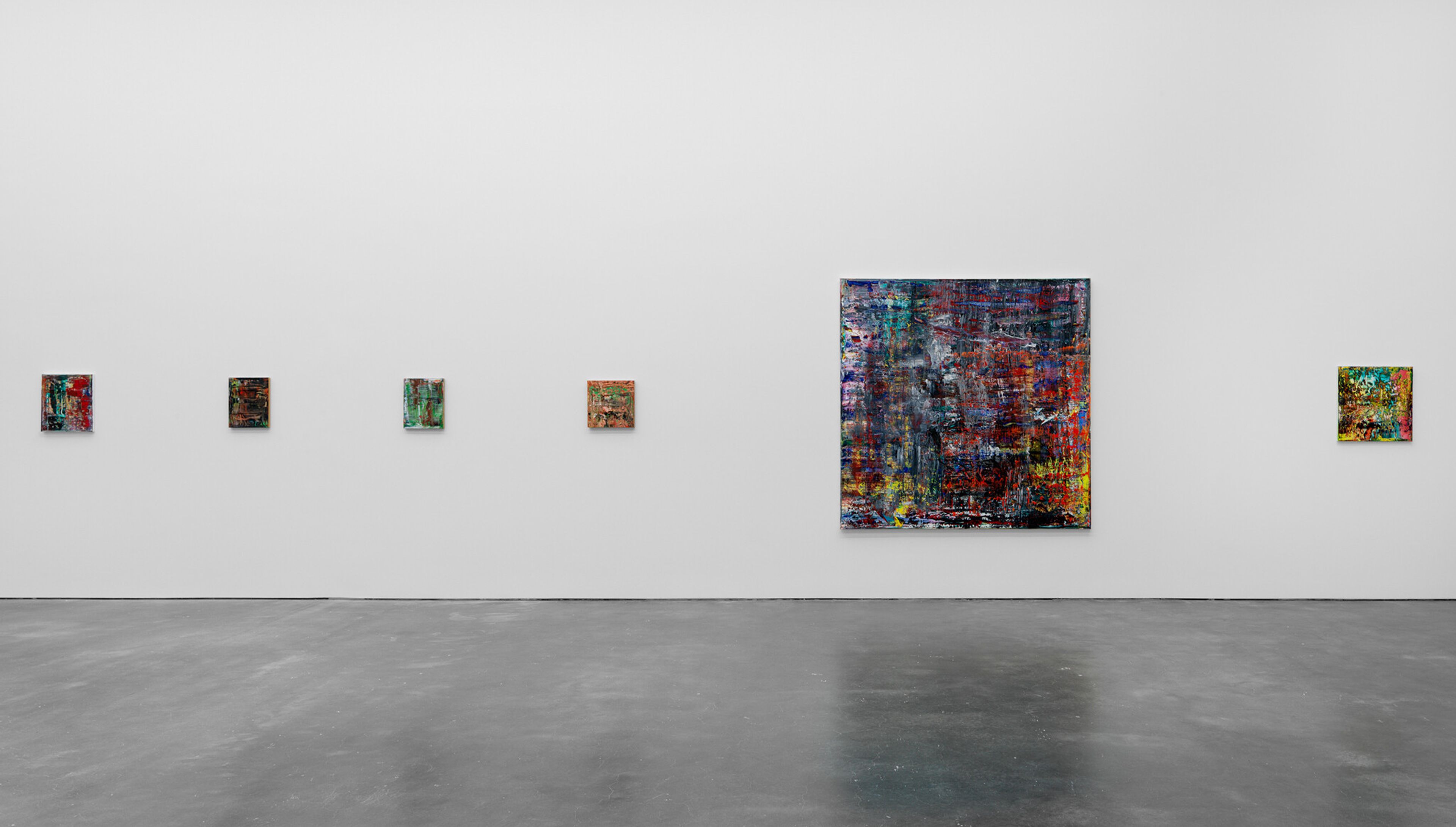
Explore Exhibitions
Artist News
Biography
With a career spanning from the 1960s to the present, Gerhard Richter (b. 1932) is widely celebrated as one of the most important artists of his generation. He has pursued a diverse and influential practice characterized by a decades-long commitment to painting and its formal and conceptual possibilities. The artist has consistently probed the relationship between painting and photography, engaging a variety of styles and innovative techniques in a complex repositioning of genres.
Richter was born in Dresden, Germany. He studied art at the Dresden Hochschule für Bildende Künste from 1951 to 1956, with mural painting as his main area of study. In 1959, he visited Documenta II, held in Kassel, West Germany, an experience that inspired him to alter his artistic trajectory. After his escape from East Germany in 1961, he completed a second course of study at the Staatliche Kunstakademie in Düsseldorf. There, he united with fellow students Sigmar Polke, Konrad Lueg (later known as the gallerist Konrad Fischer), and Manfred Kuttner to collectively form the short-lived “capitalist realism” group.
From 1964 onward, Richter has had many solo exhibitions in renowned galleries and museums worldwide. The artist’s first solo exhibition in a public institution was held at the Gegenverkehr, Zentrum für aktuelle Kunst, in Aachen, West Germany, in 1969. In 1972, he was selected as the only artist to represent Germany in its national pavilion at the Venice Biennale. Richter has exhibited at Documenta more times than any other artist (1972, 1977, 1982, 1987, 1992, 1997, 2007, and 2017).
Richter’s work has been presented in numerous solo shows and retrospective exhibitions at important institutions worldwide, including the Kunstverein für die Rheinlande und Westfalen, Düsseldorf (1971, 1986); Kunsthalle Bremen, West Germany (1975); Centre Pompidou, Paris (1977, 2012); Städtische Kunsthalle, Düsseldorf (1986); Neue Nationalgalerie, Staatliche Museen zu Berlin (1986, 2012); Hirshhorn Museum and Sculpture Garden, Washington, DC (1988, 2003); San Francisco Museum of Modern Art (1989, 2002); Tate, London (1991, 2011); Moderna Museet, Stockholm (1993); Art Institute of Chicago (2002); The Museum of Modern Art, New York (2002); Queensland Art Gallery, Brisbane (2017); The Met Breuer, New York (2020); and The National Museum of Modern Art, Tokyo (2022). In April 2023, the Neue Nationalgalerie in Berlin opened Gerhard Richter: 100 Works for Berlin. This special long-term presentation features works that the Gerhard Richter Foundation gave to the museum on permanent loan in 2021, including Richter’s Birkenau (2014) cycle of large-scale abstract paintings. A major retrospective of Richter’s oeuvre, with works on view spanning more than sixty years of the artist’s practice, is currently on view at the Fondation Louis Vuitton, Paris, through March 2026.
Richter has been honored with a number of significant awards, among them the Kunstpreis Junger Westen, Kunsthalle Recklinghausen, West Germany (1967); Arnold-Bode-Preis, Kassel, West Germany (1982); Oskar-Kokoschka-Preis, Vienna (1985); Goslarer Kaiserring, Goslar, West Germany (1988); Golden Lion at the 47th Venice Biennale (1997); Praemium Imperiale Award, Japan Art Association, Tokyo (1997); Wexner Prize, Wexner Center for the Arts, Columbus, Ohio (1998); Foreign Honorary Membership of the American Academy of Arts and Letters, New York (1998); Staatspreis des Landes Nordrhein-Westfalen, Düsseldorf (2000); and the Kunst- und Kulturpreis der deutschen Katholiken, Deutsche Bischofskonferenz, Bonn (2004). In 2007, Richter received honorary citizenship in Cologne, and in the same year, he designed a spectacular stained-glass window for the Cologne Cathedral.
David Zwirner began representing the artist in 2023. The same year, the gallery presented a solo exhibition in New York of new and recent abstract works by Richter. The presentation was accompanied by a fully illustrated catalogue with a new essay by Dieter Schwarz. In early 2024, a solo exhibition of Richter's work was on view at David Zwirner London. Richter’s work is currently on view in a solo presentation at the gallery’s Paris location. Prior exhibitions organized by the gallery in New York include Gerhard Richter: Prints & Multiples 1966–1993 (1994), Gerhard Richter: Early Paintings (2000), and Gerhard Richter: Landscapes (2004).
The artist’s work is held in important public and private collections worldwide. Richter lives and works in Cologne.
Selected Press
Selected Titles

Request more information
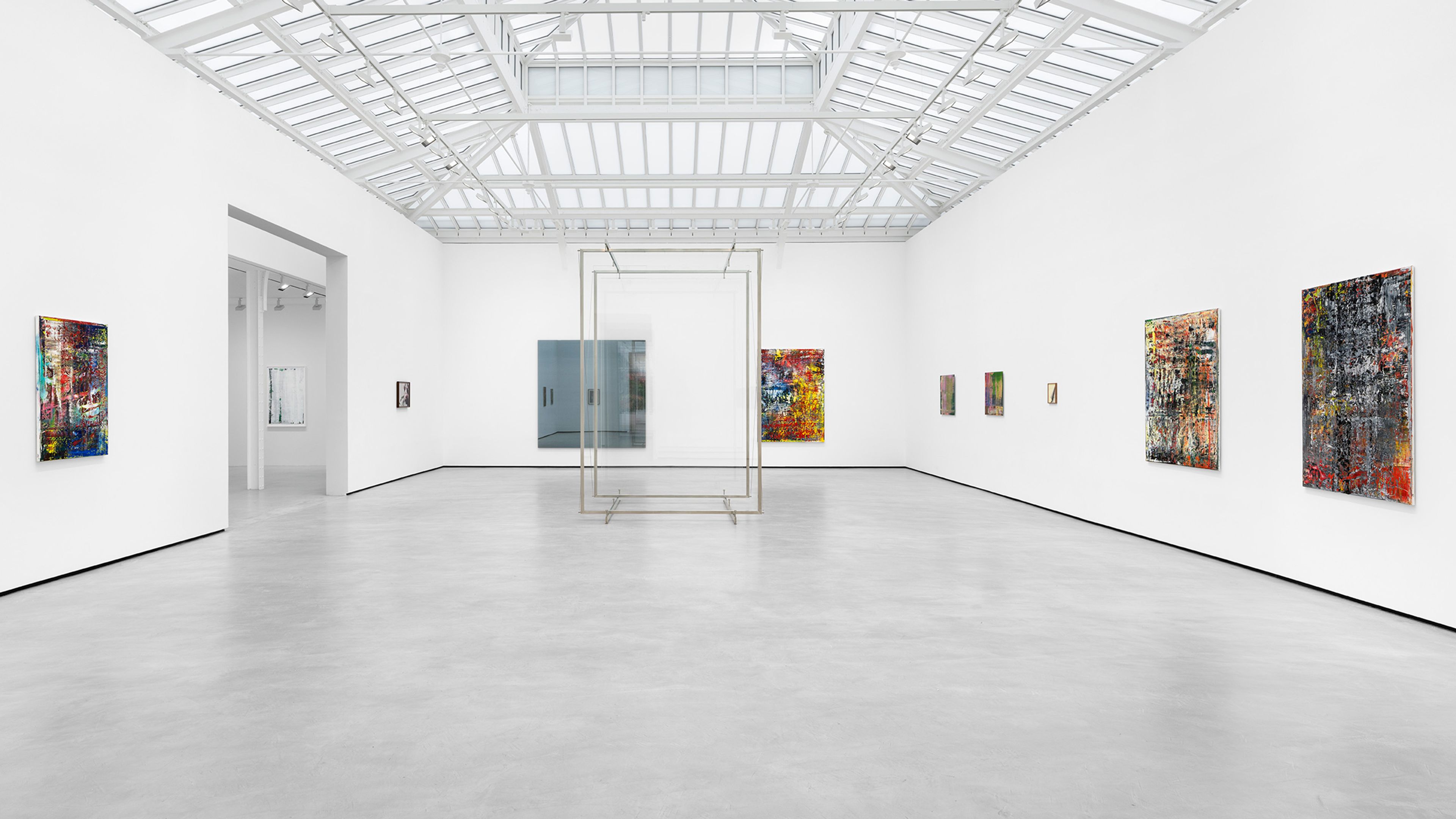
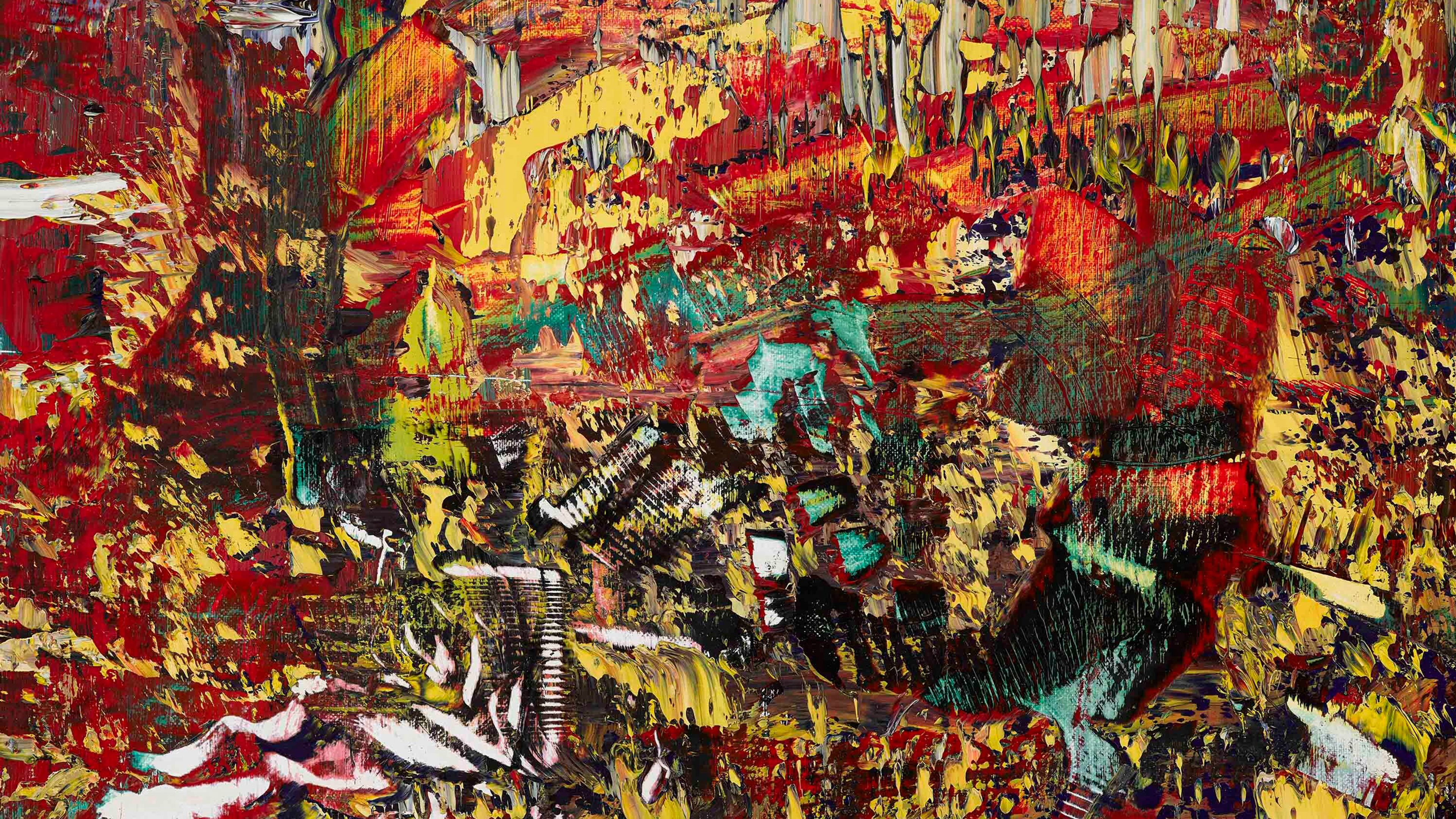
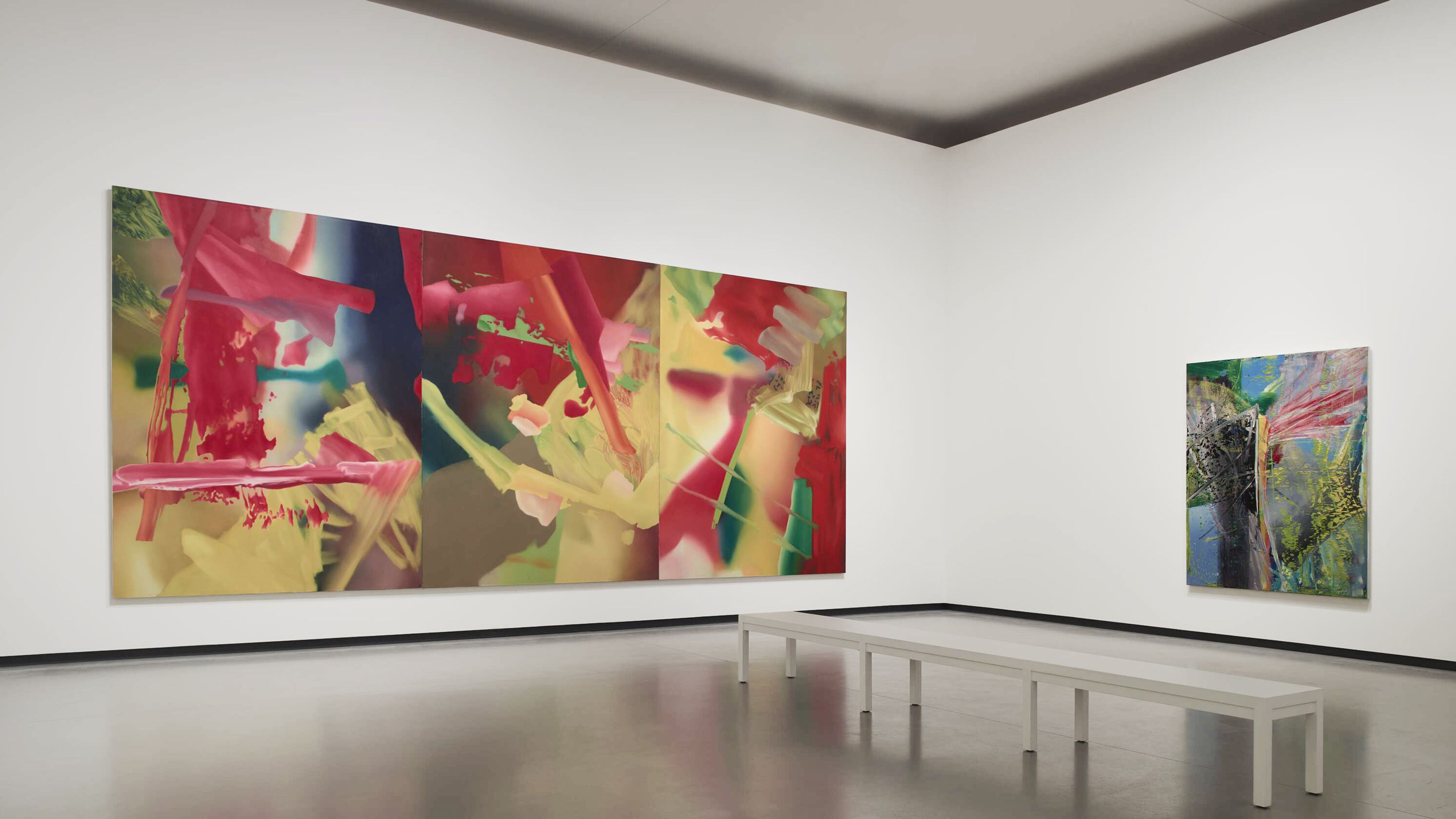
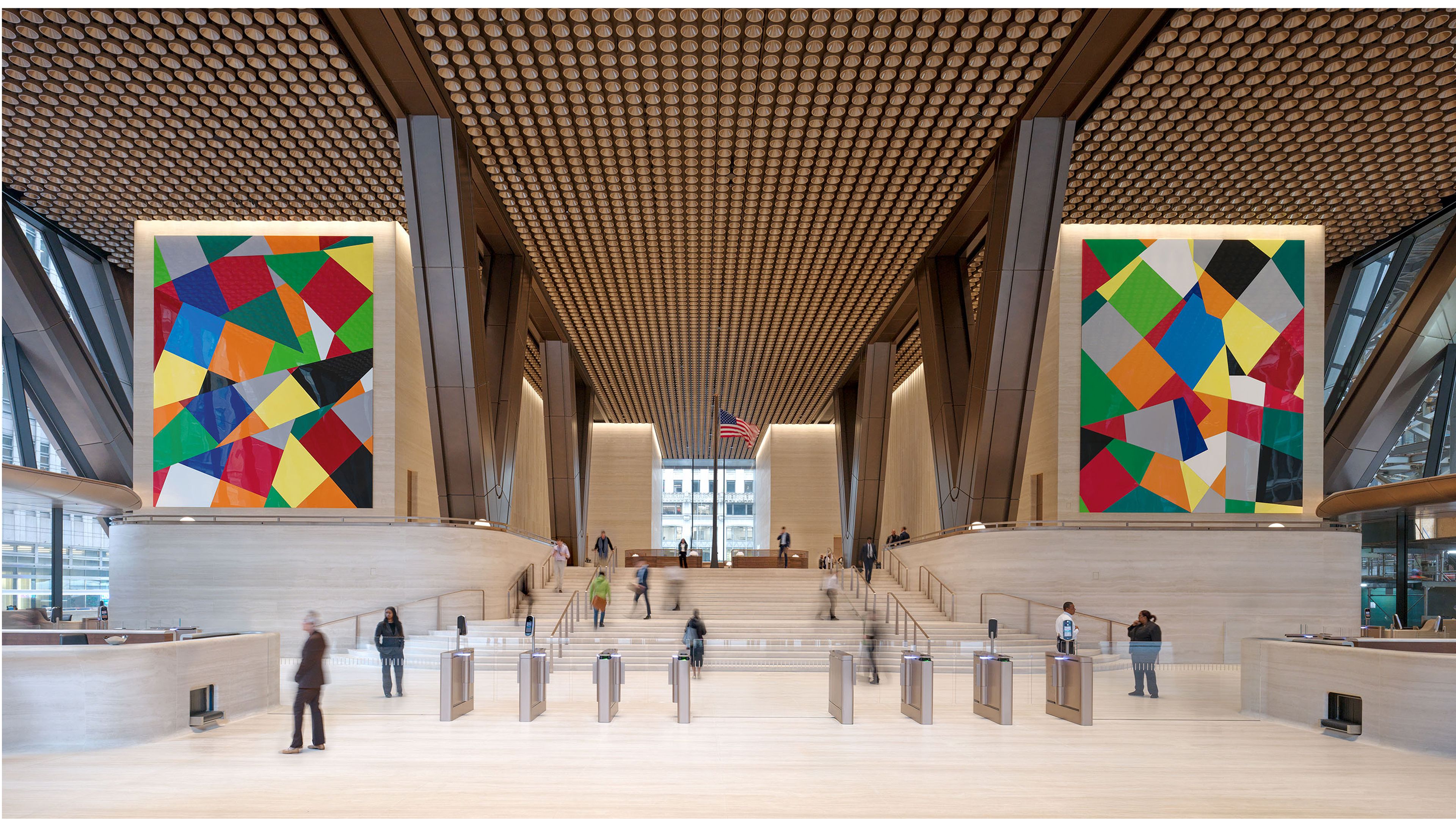
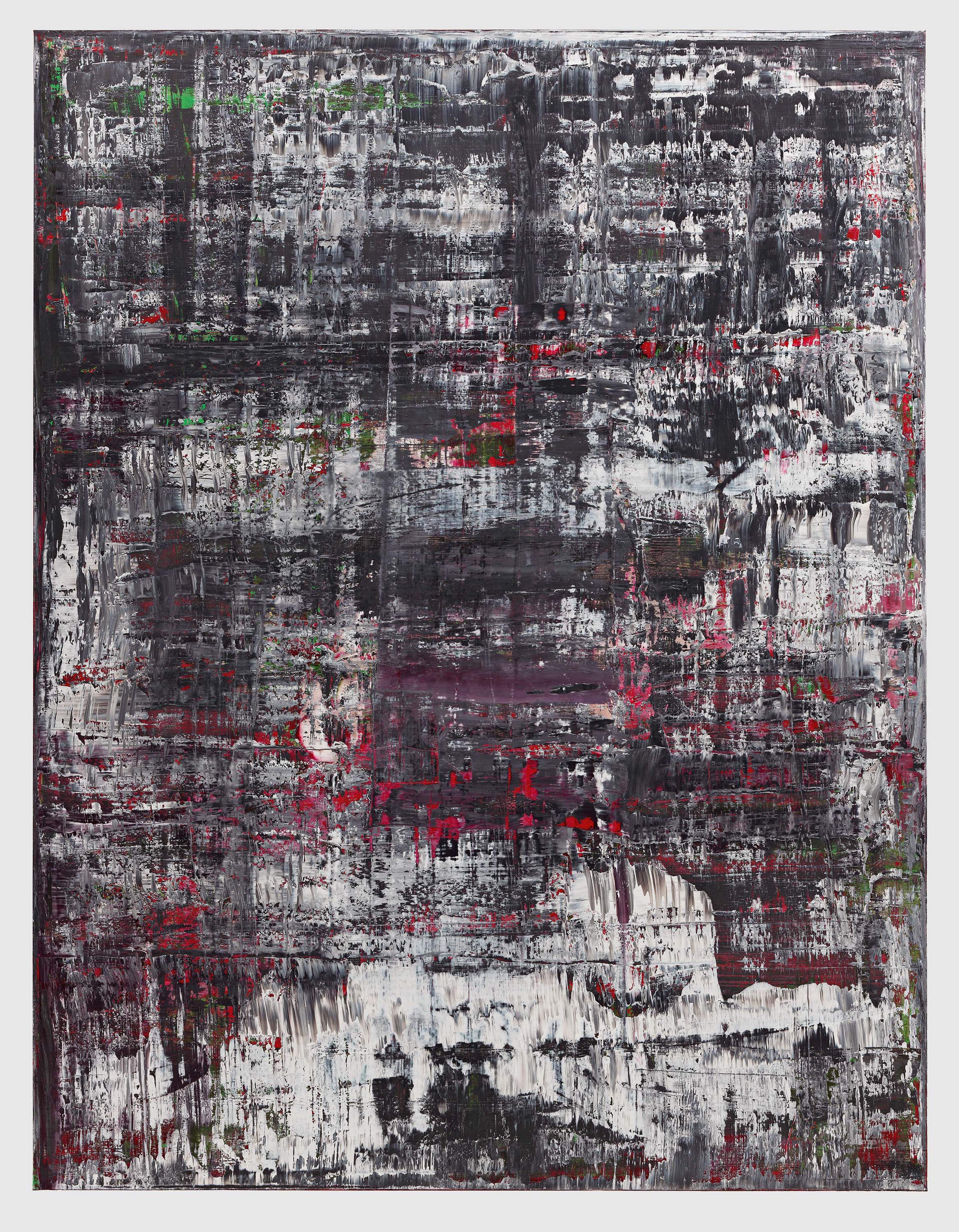
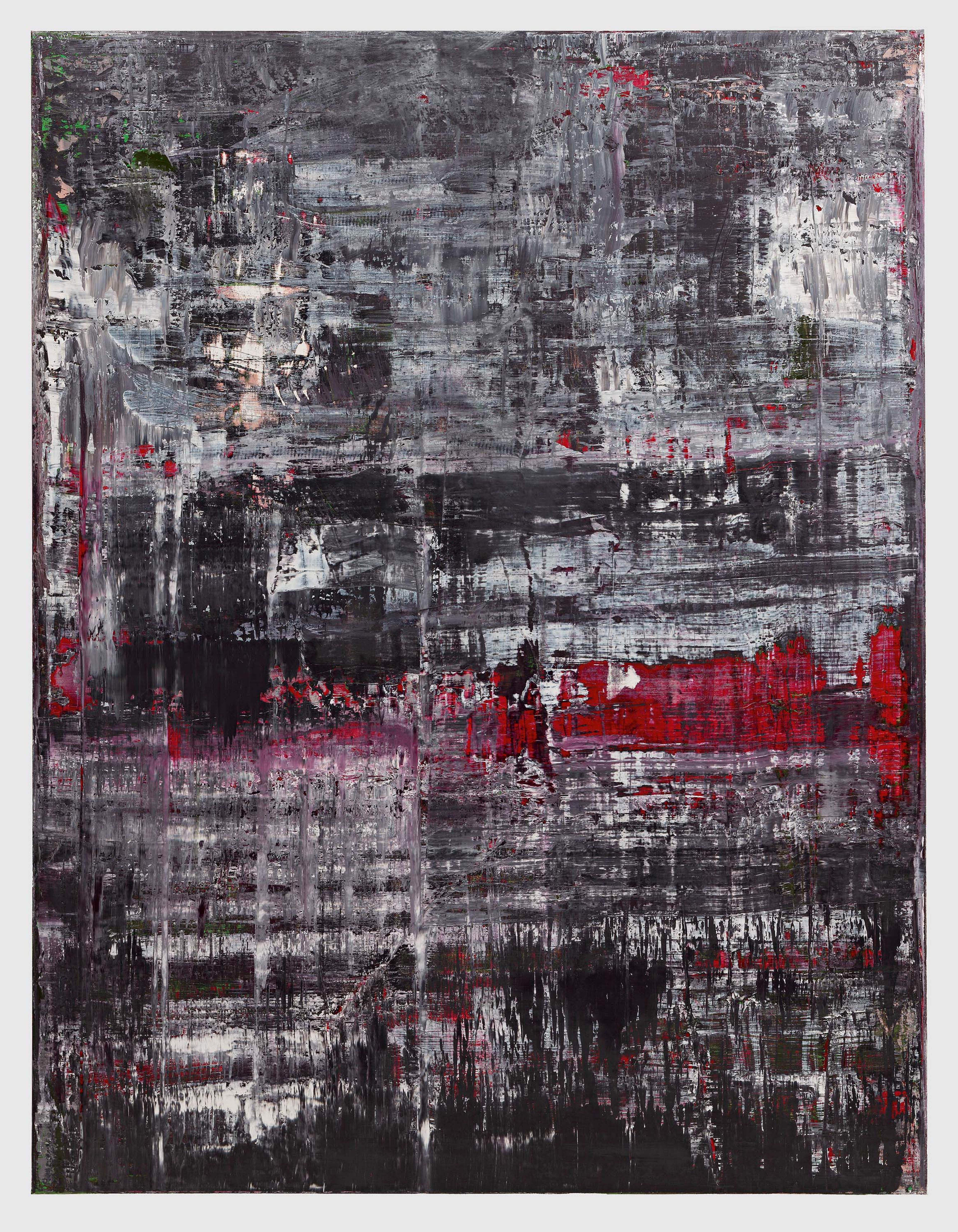
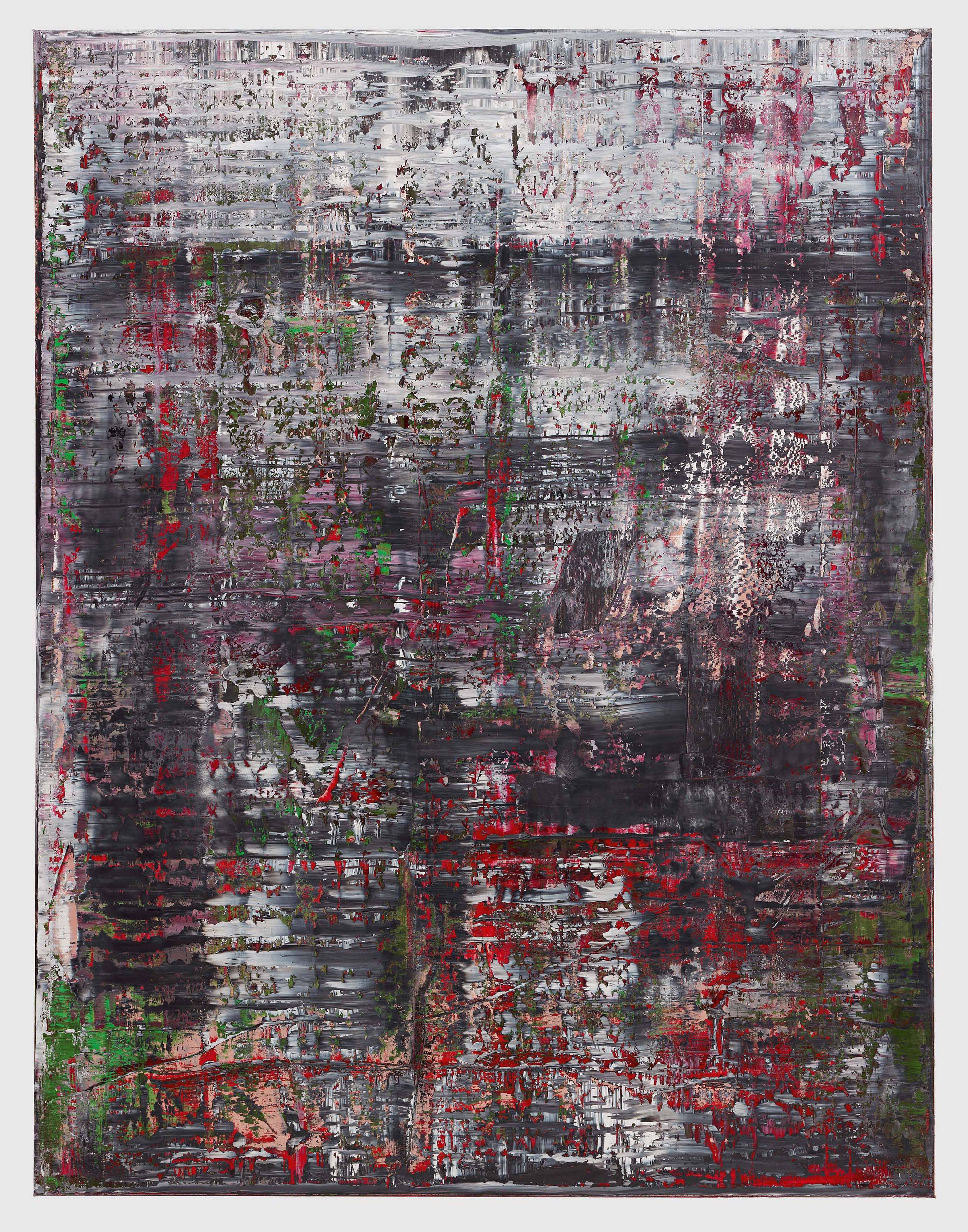
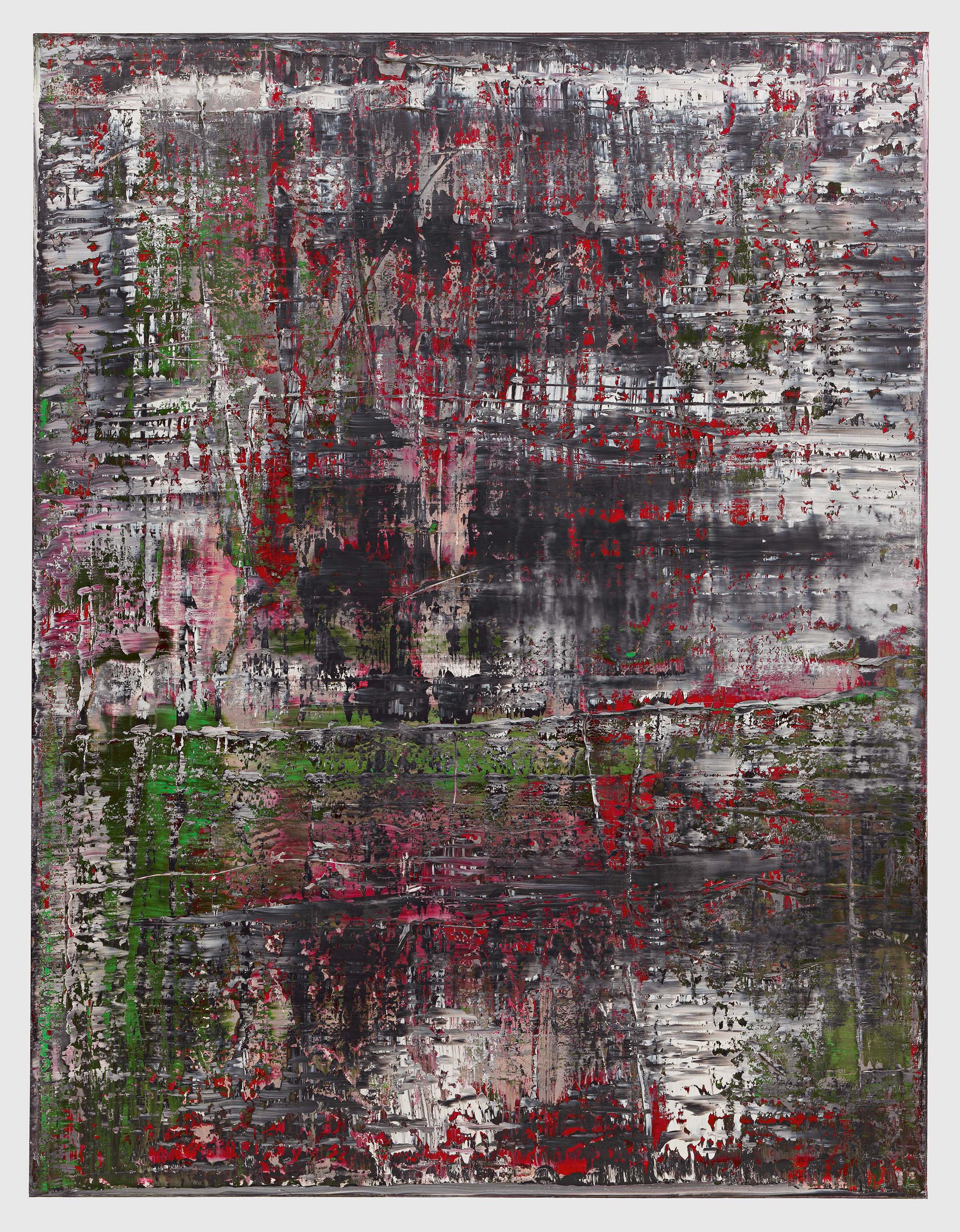
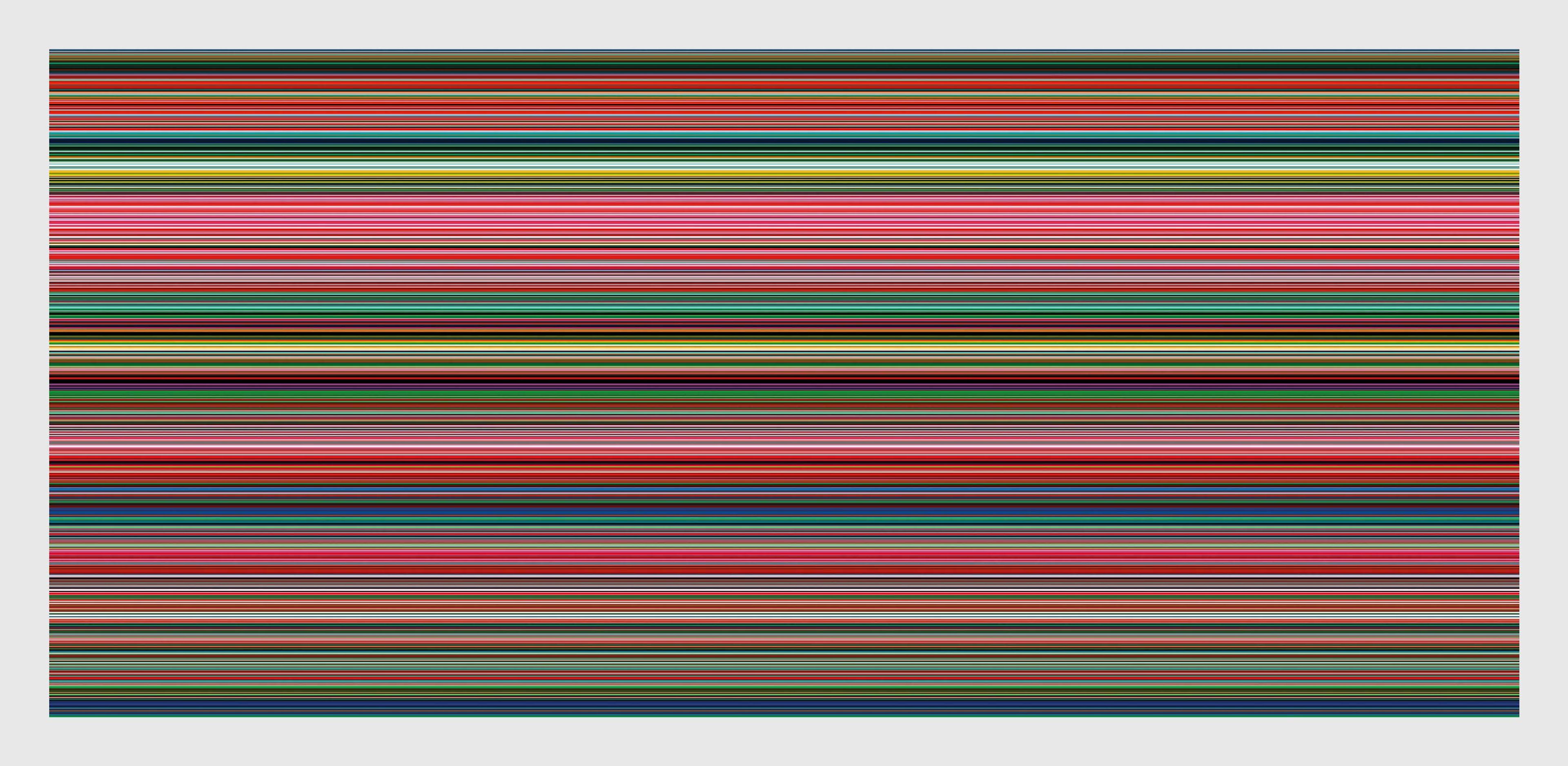
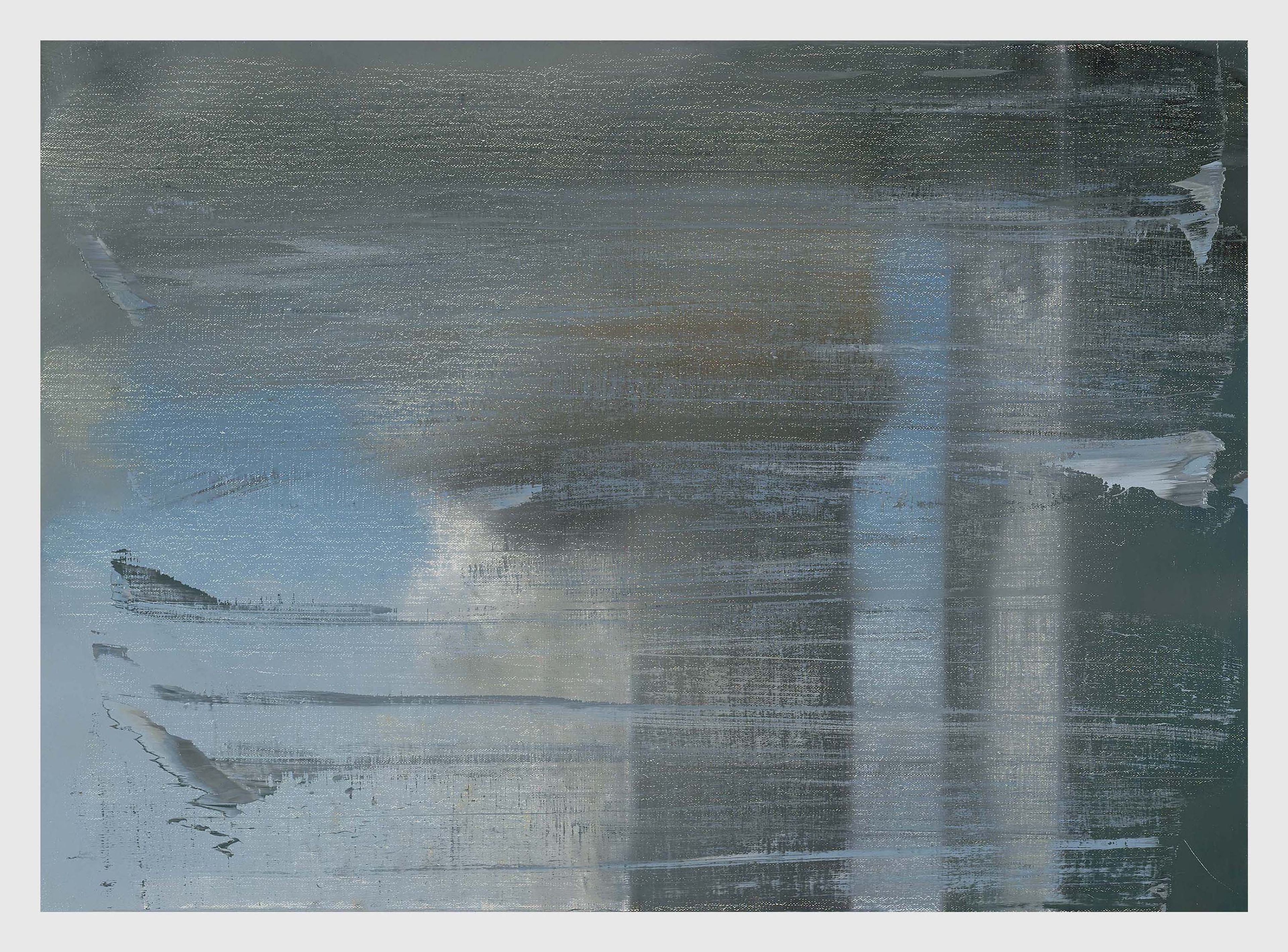
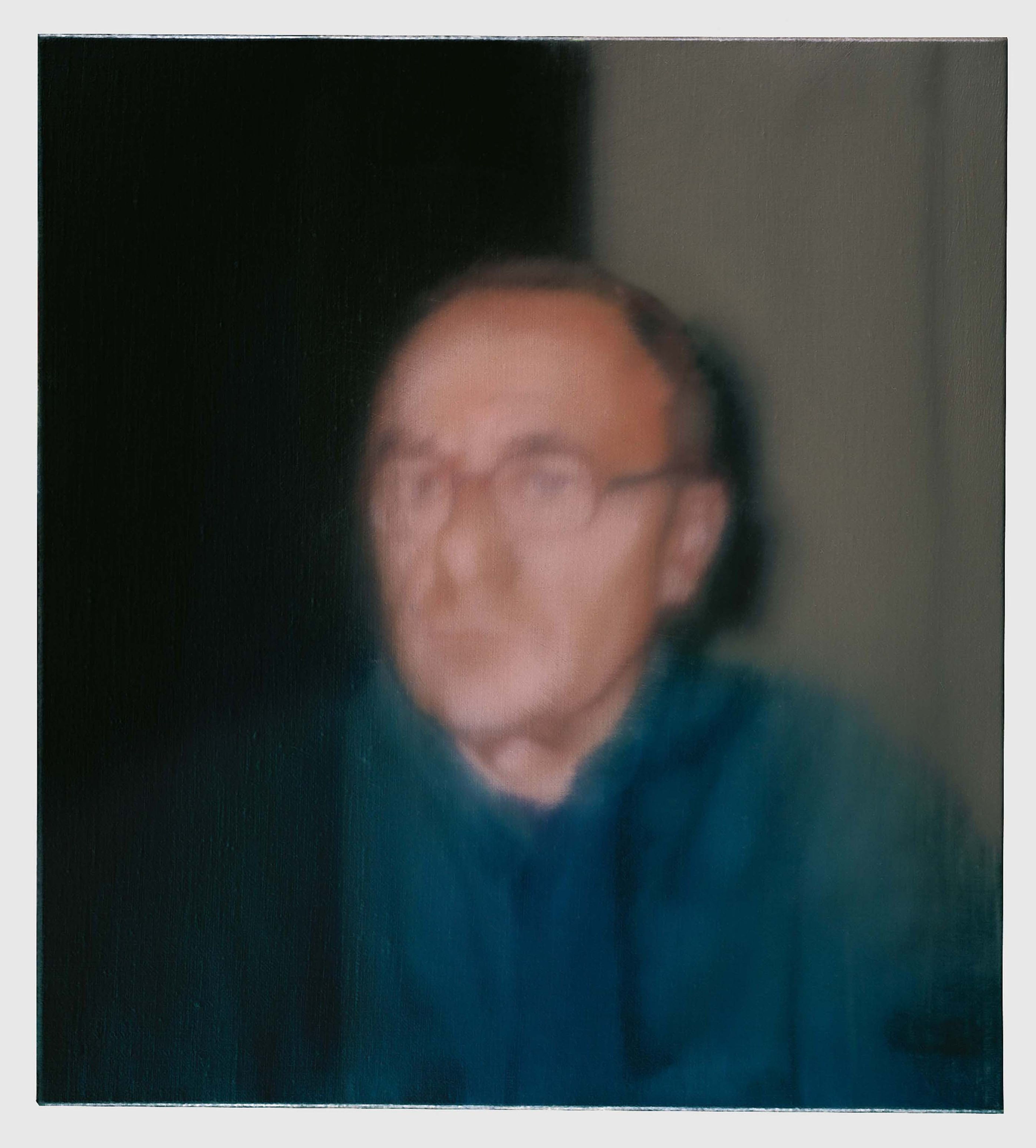
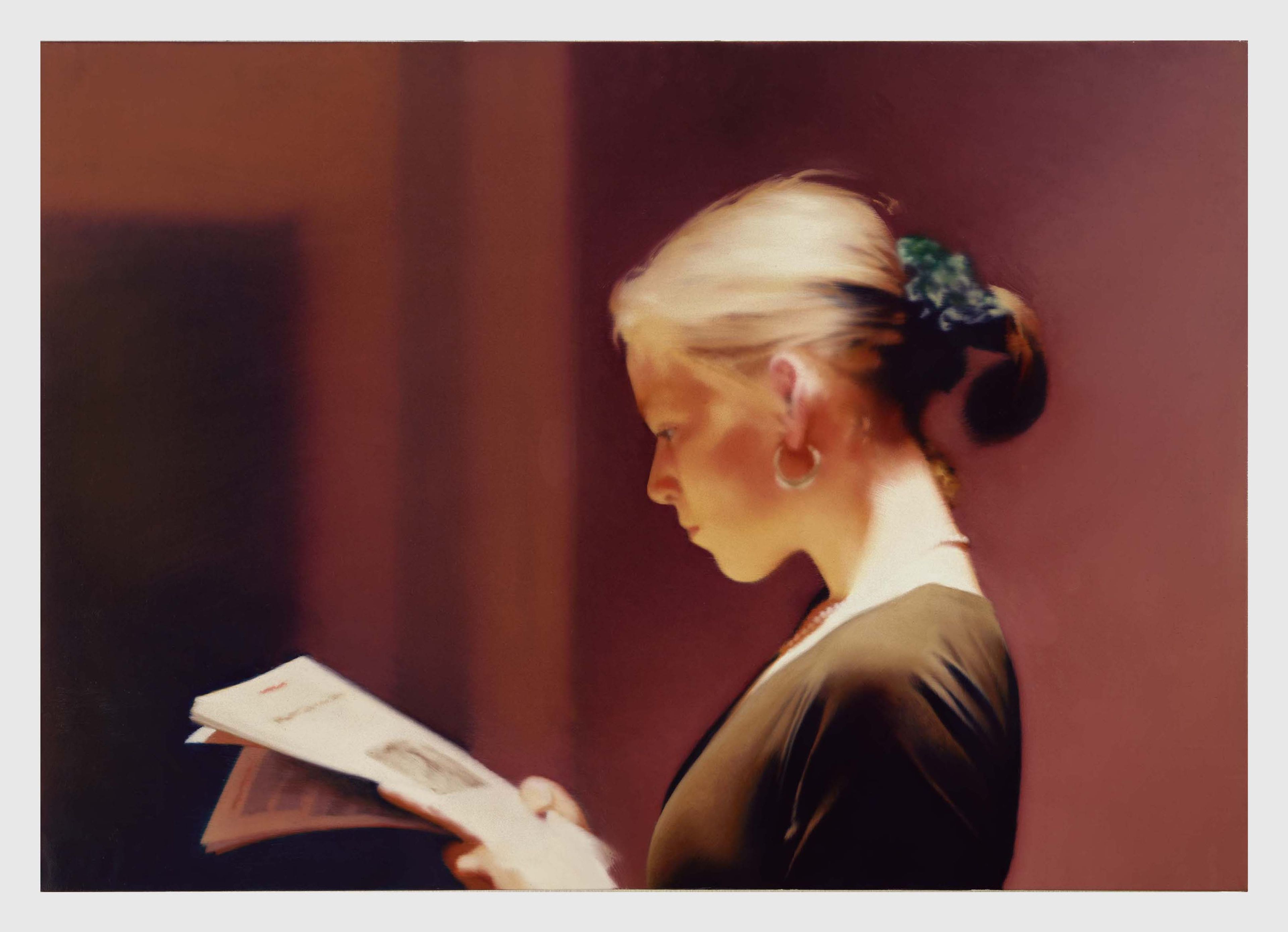
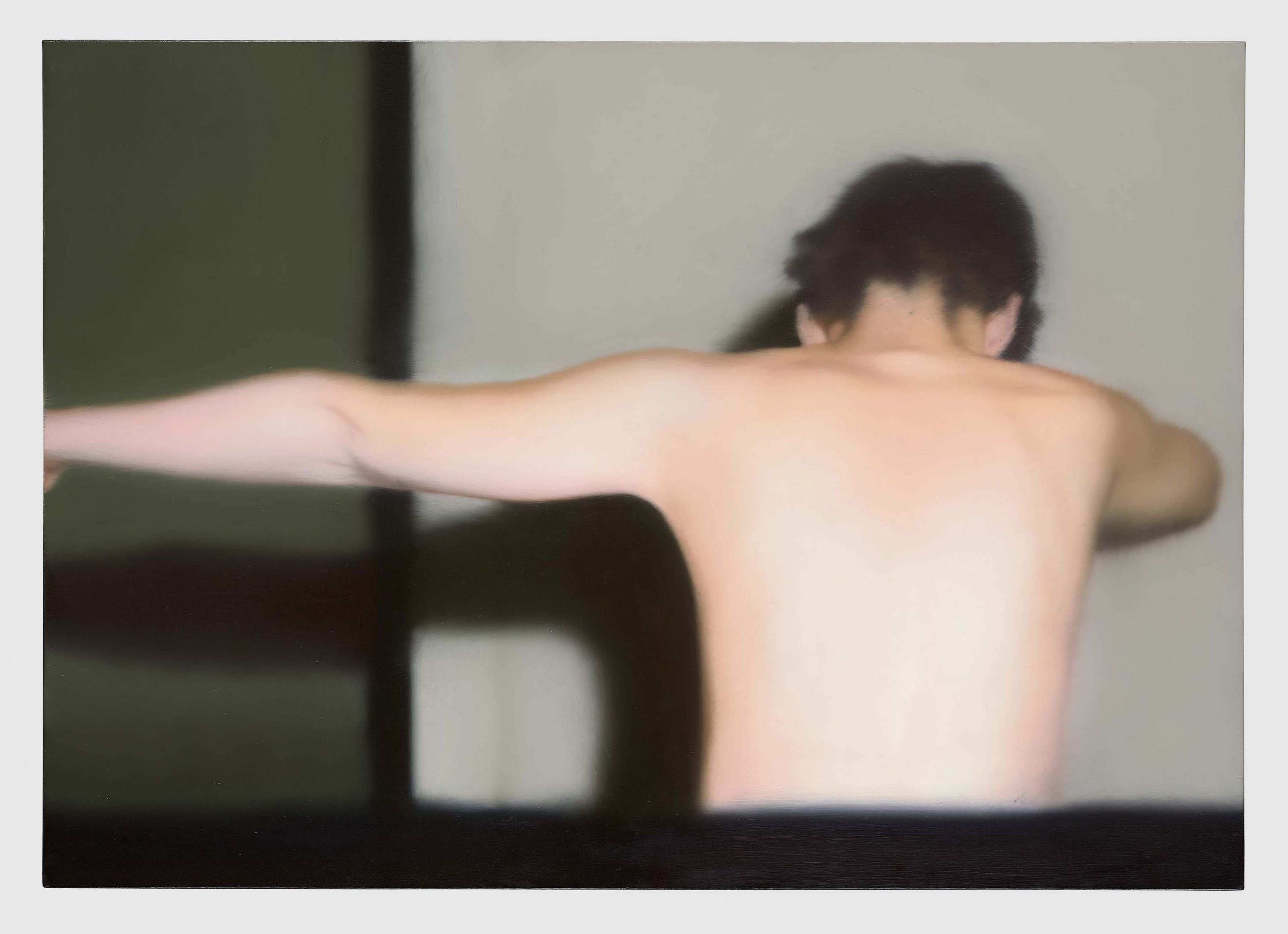
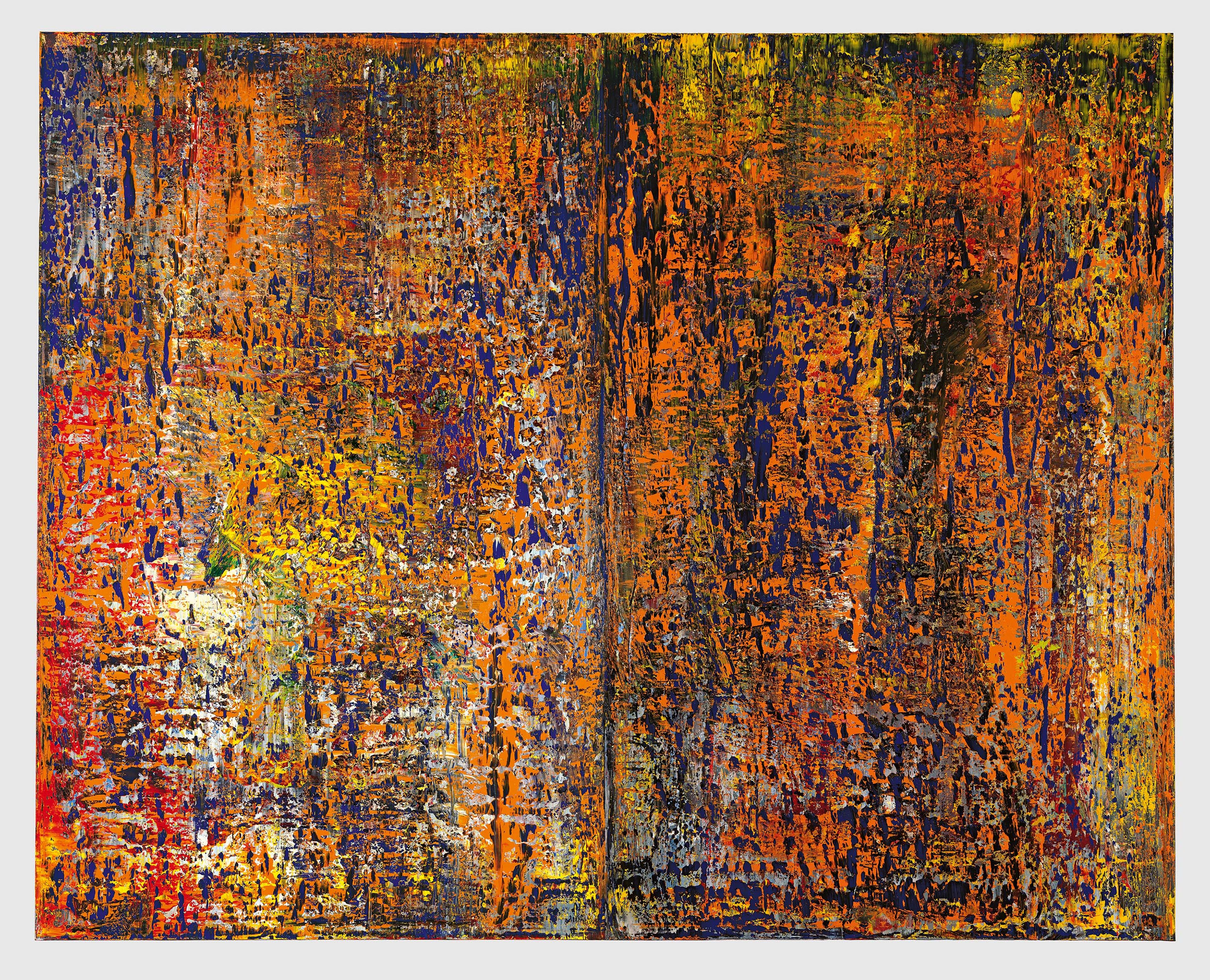
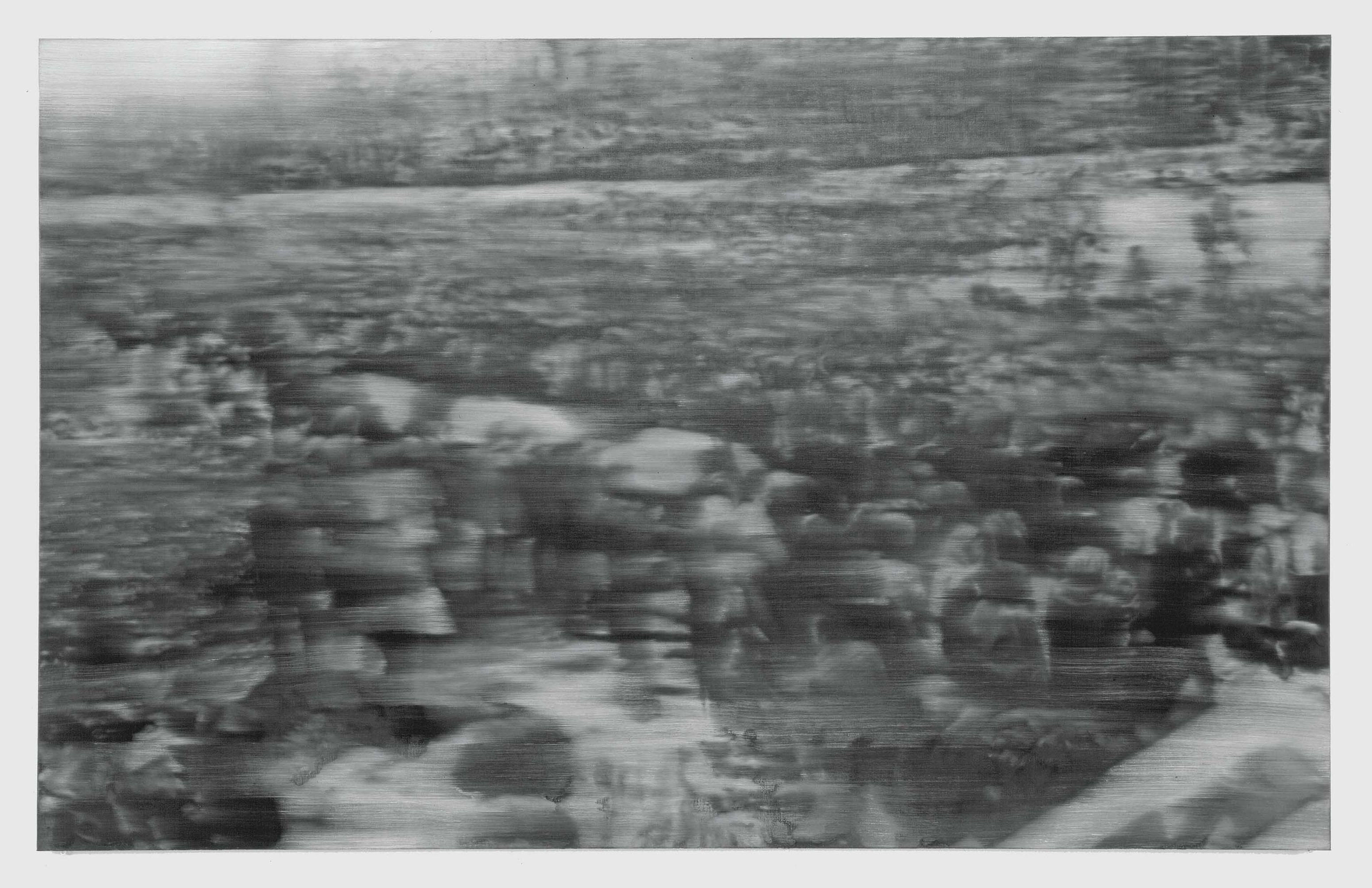
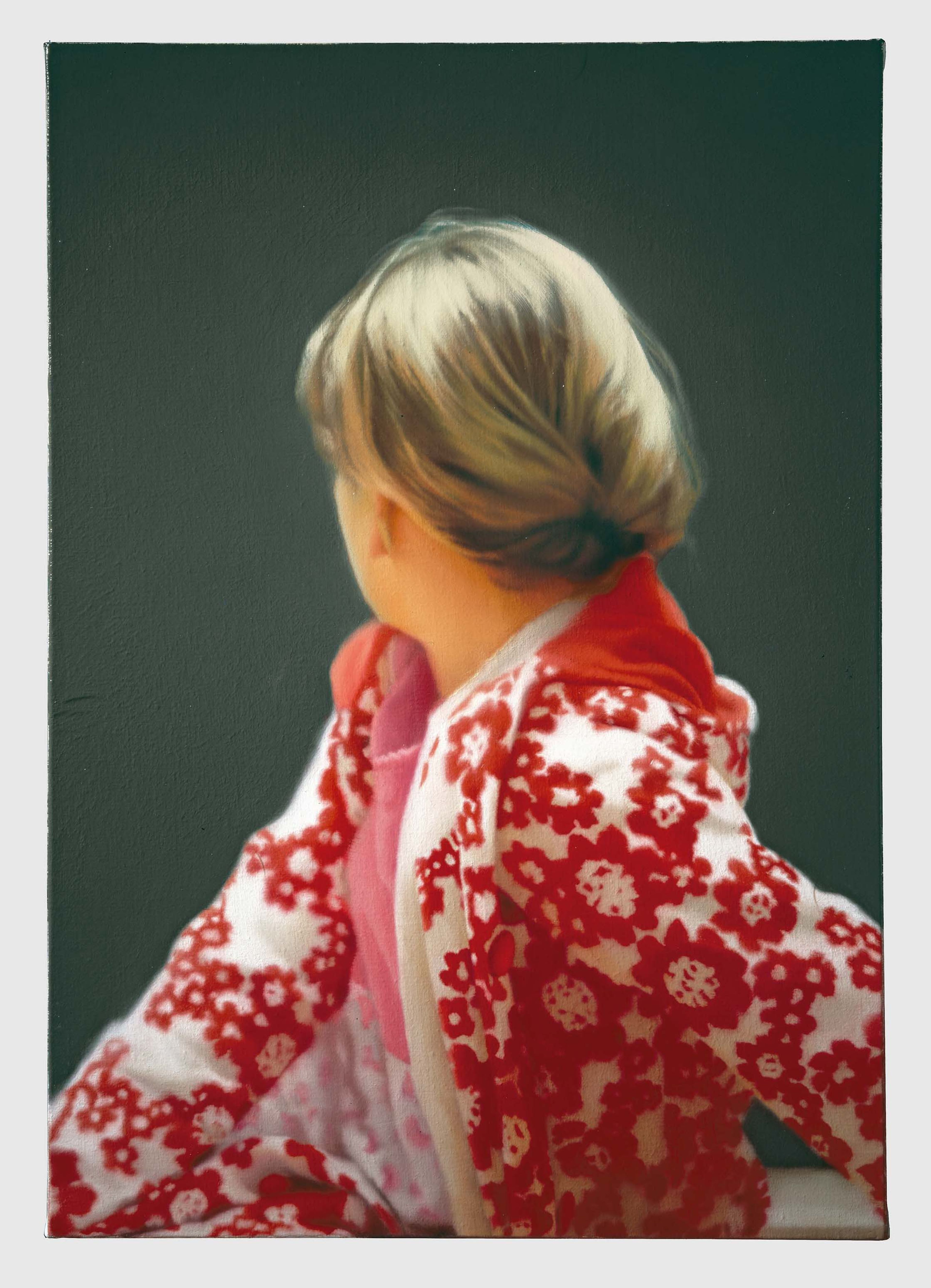
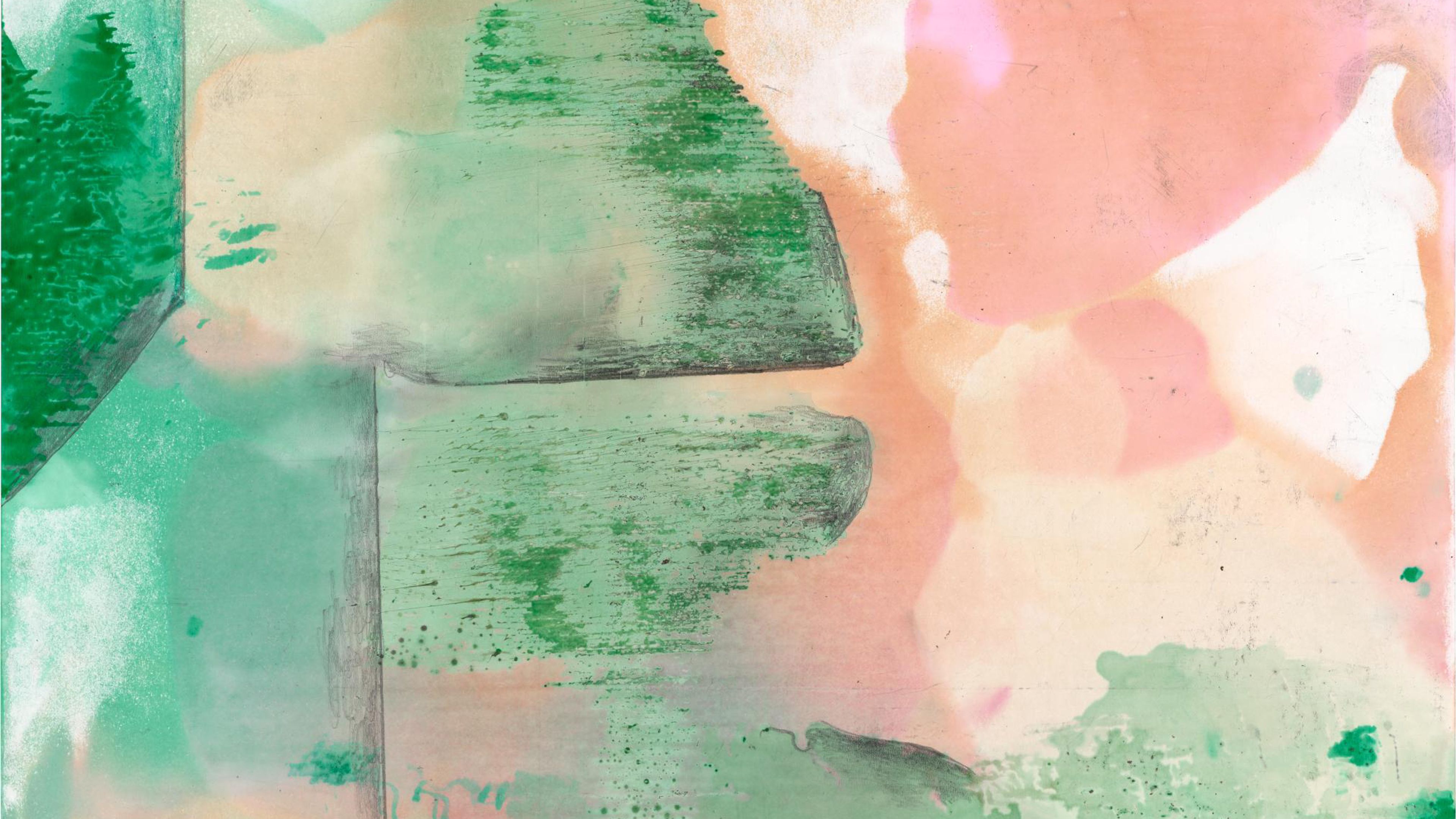
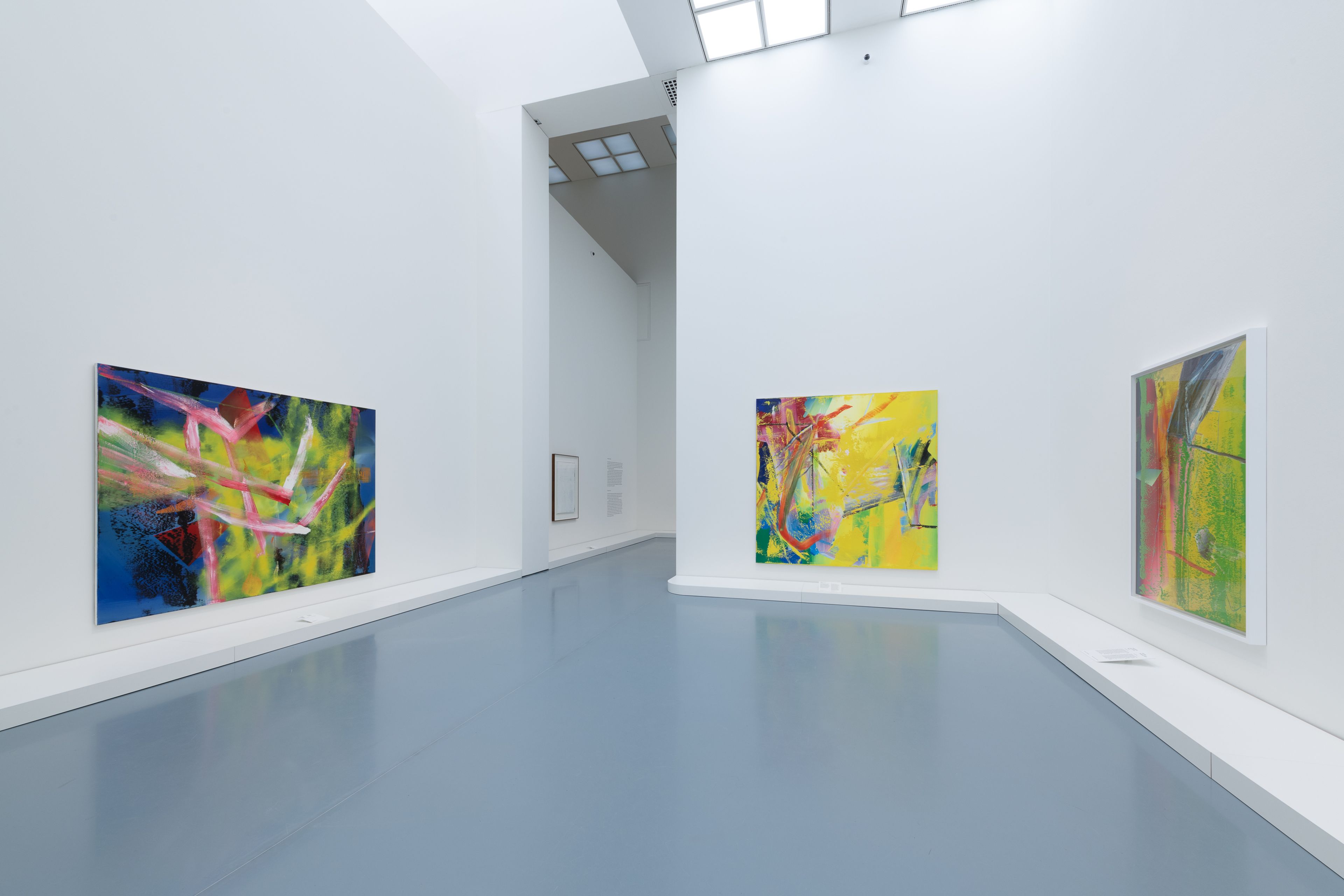
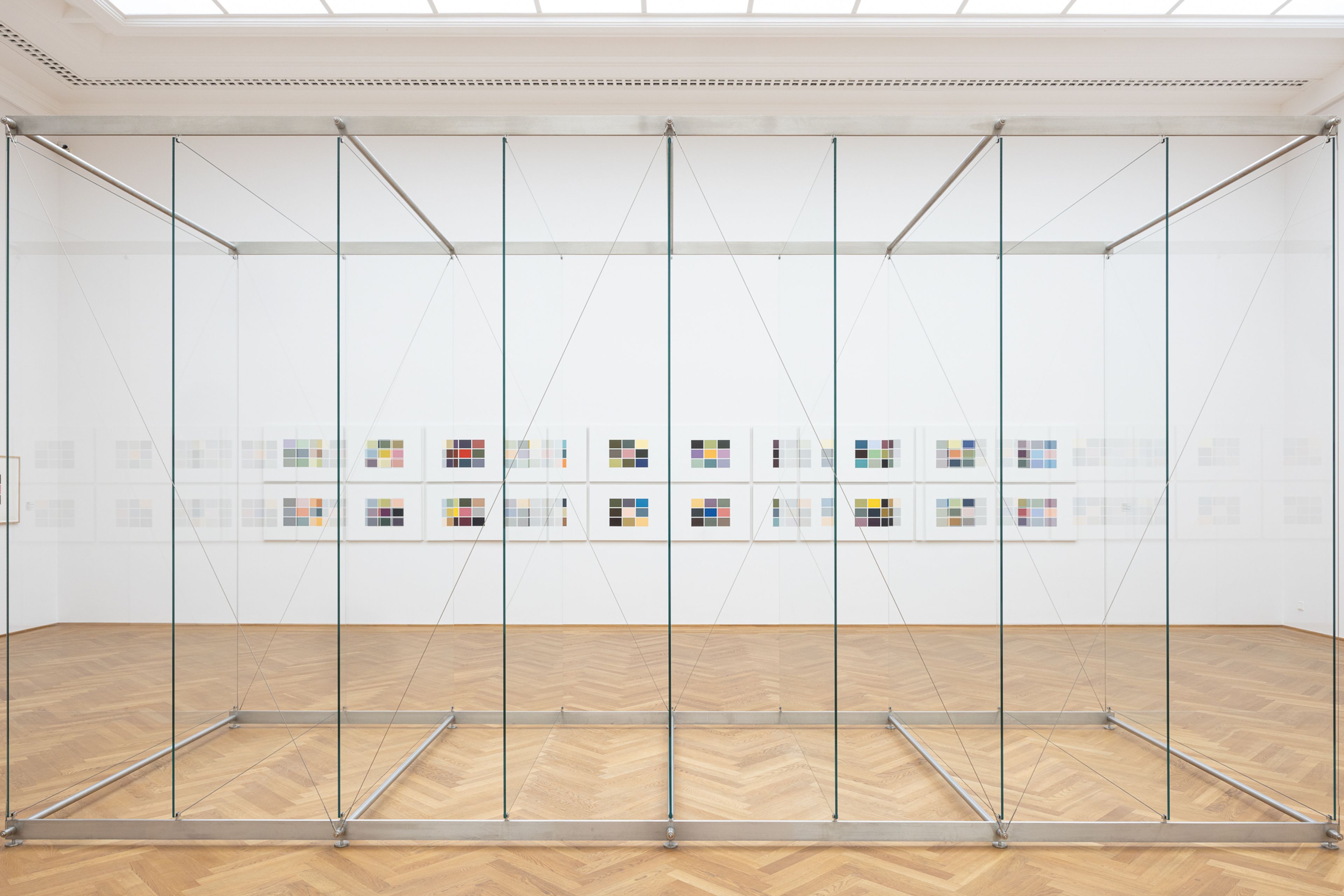
![An artwork by Gerhard Ricther, titled Seestück (See-see) (Seascape [Sea-Sea]), dated 1970](https://cdn.sanity.io/images/juzvn5an/release-adp/63674ca44c060bc18fdb669f405175331b9c1f72-665x673.jpg?w=3840)
